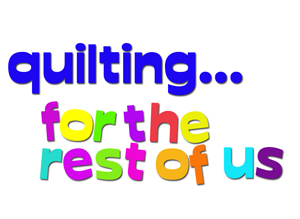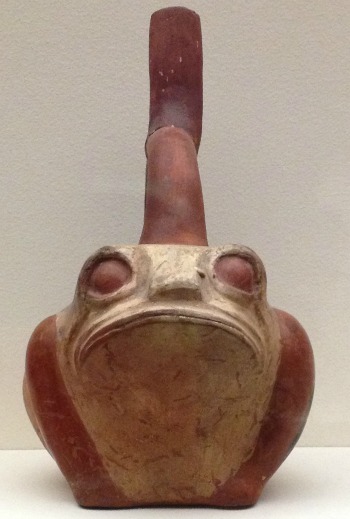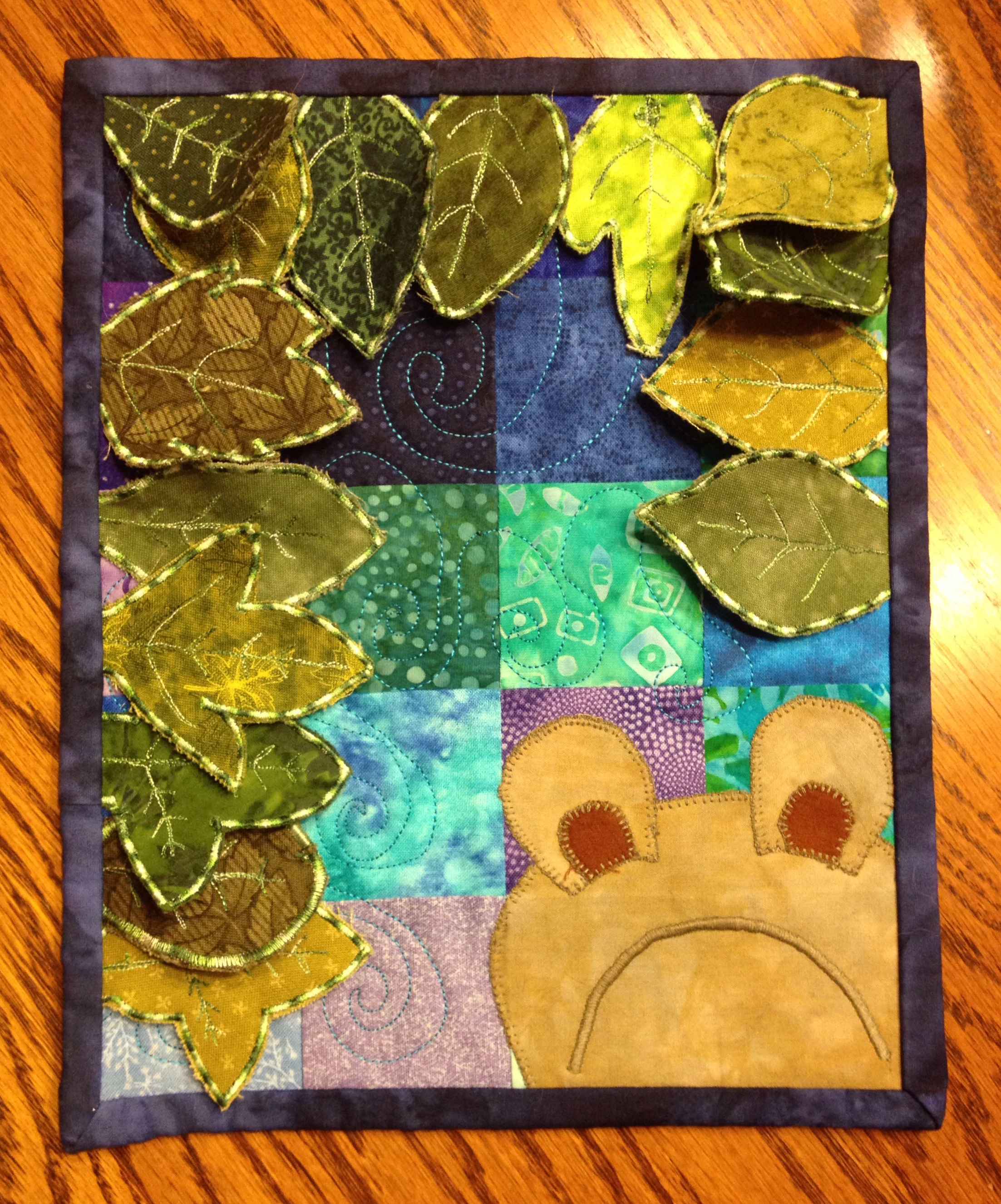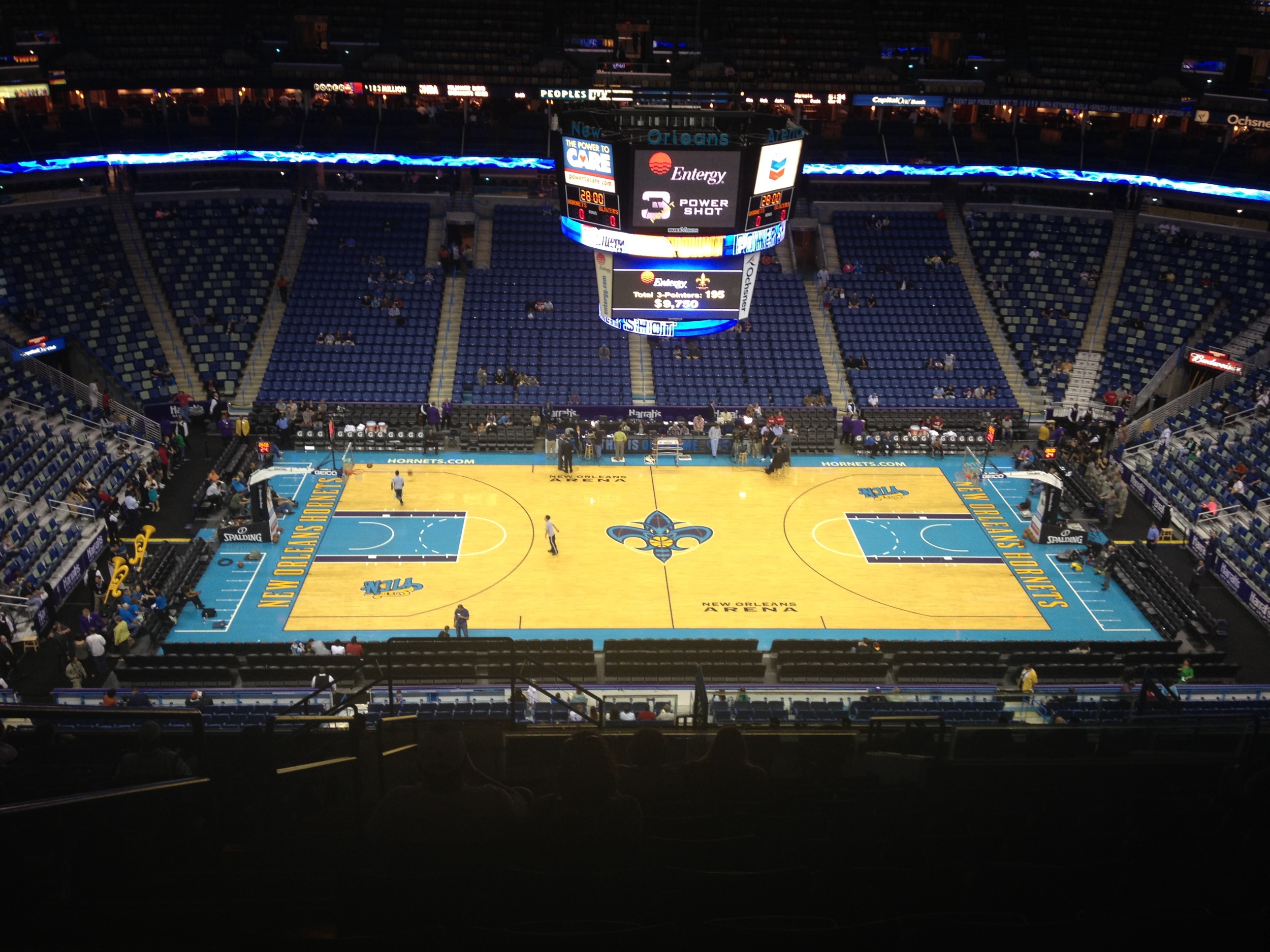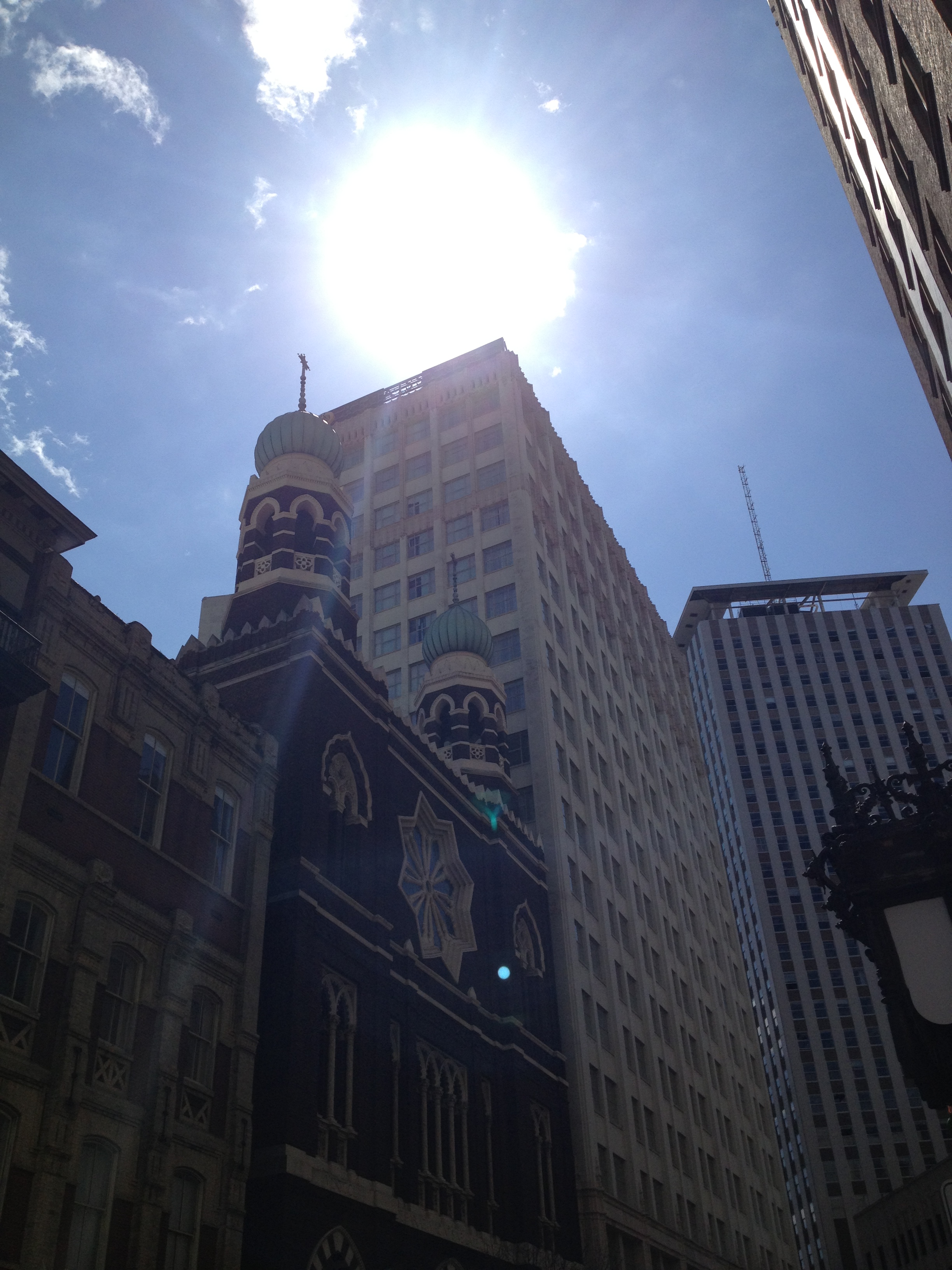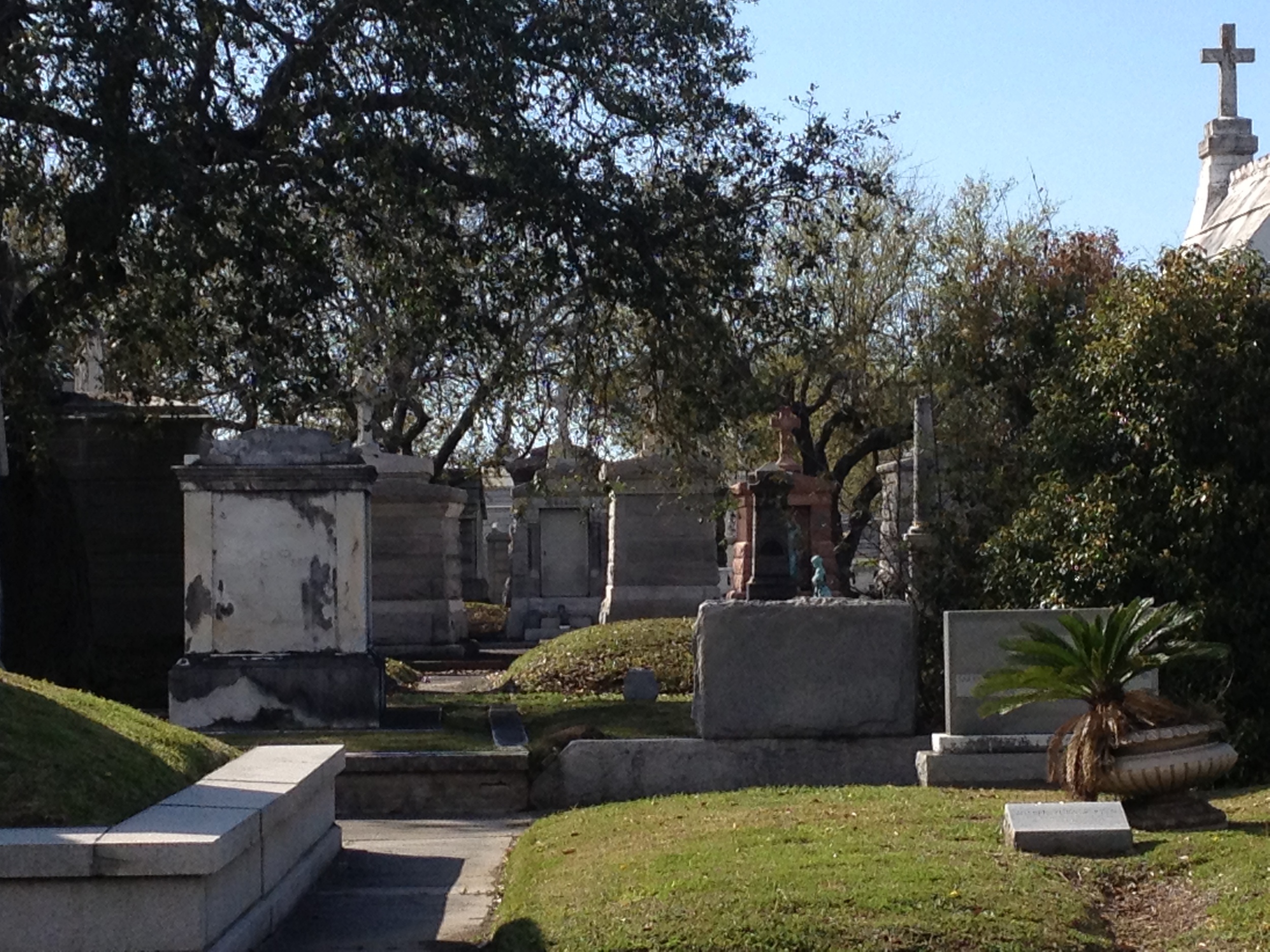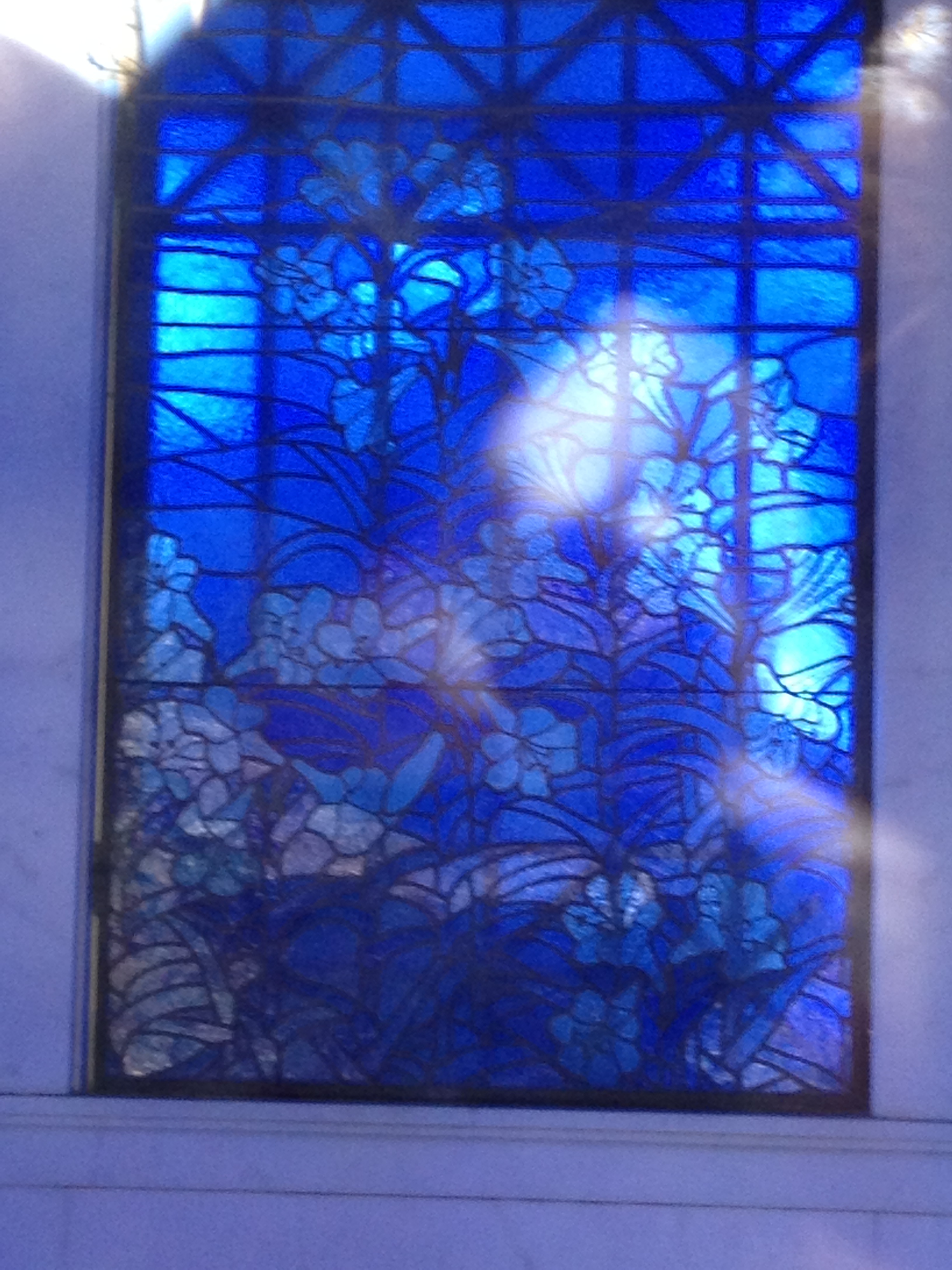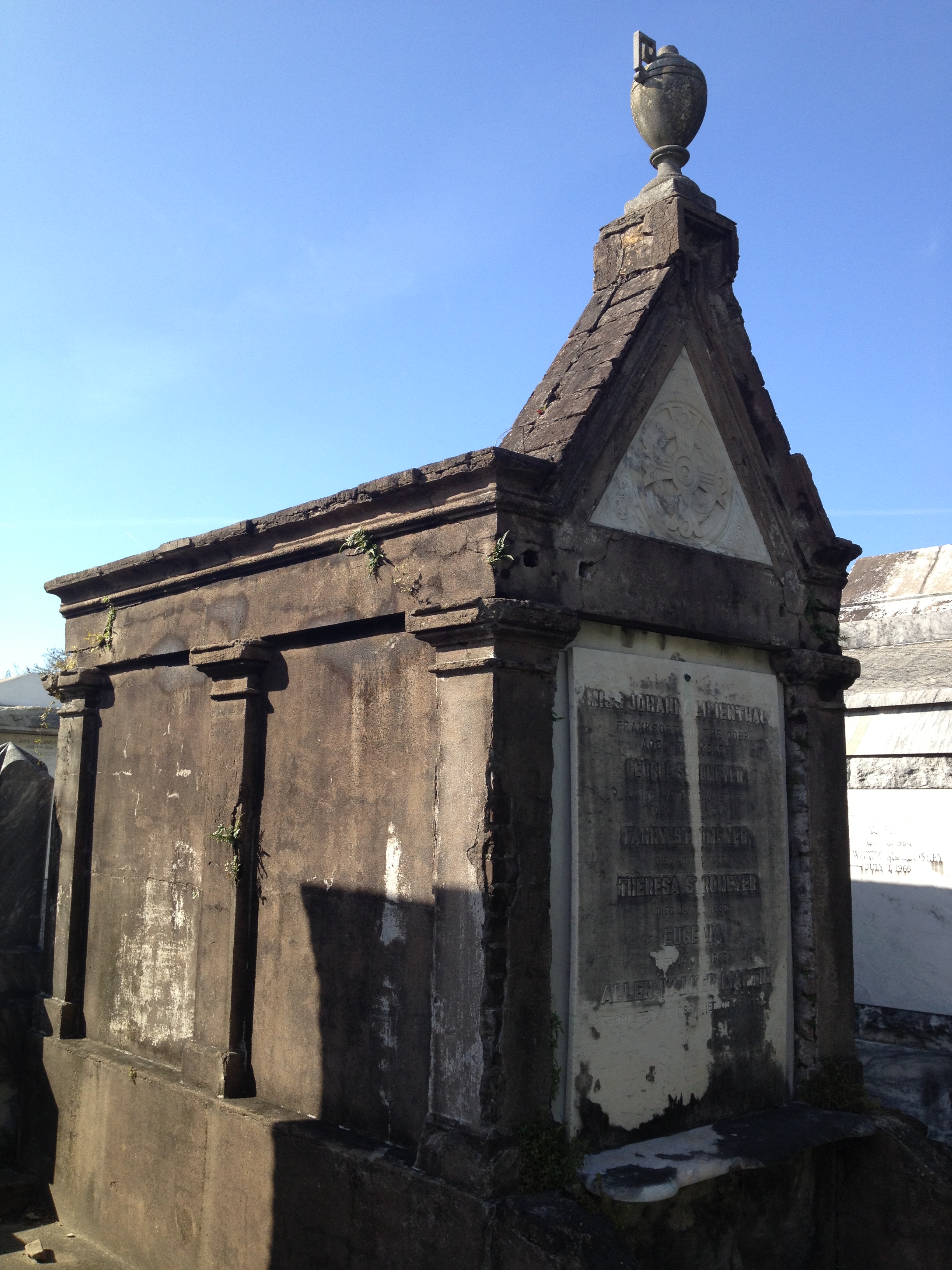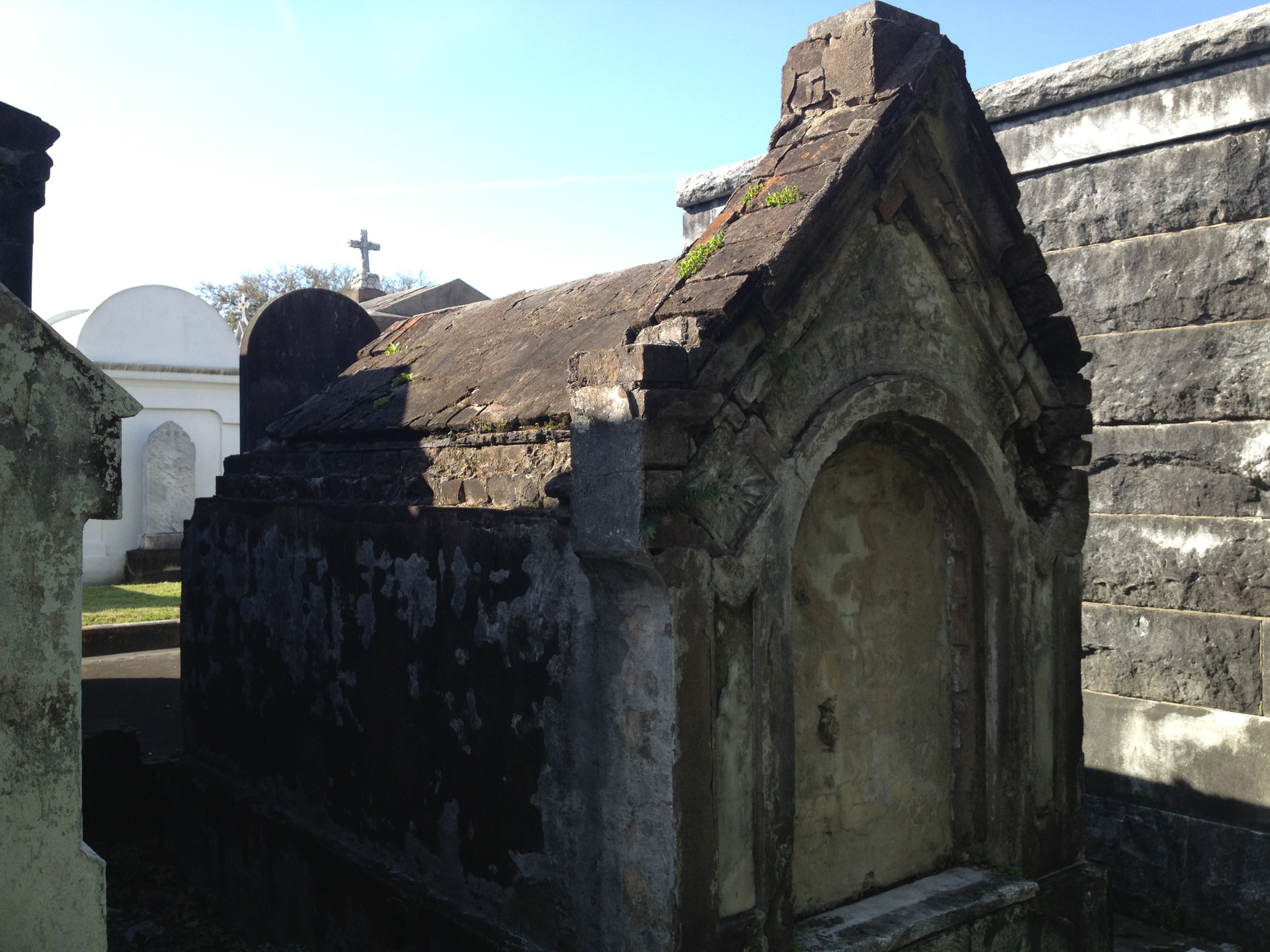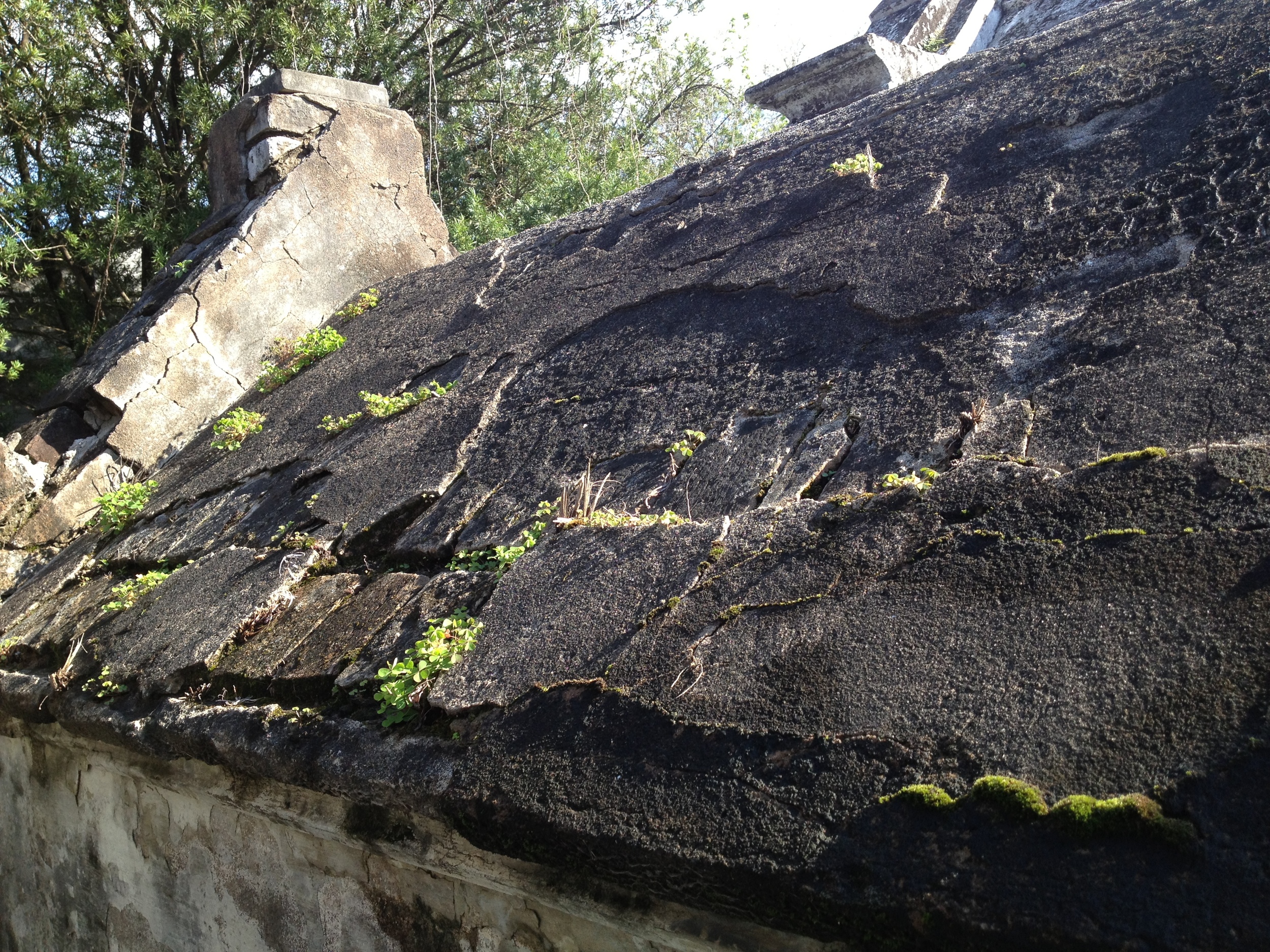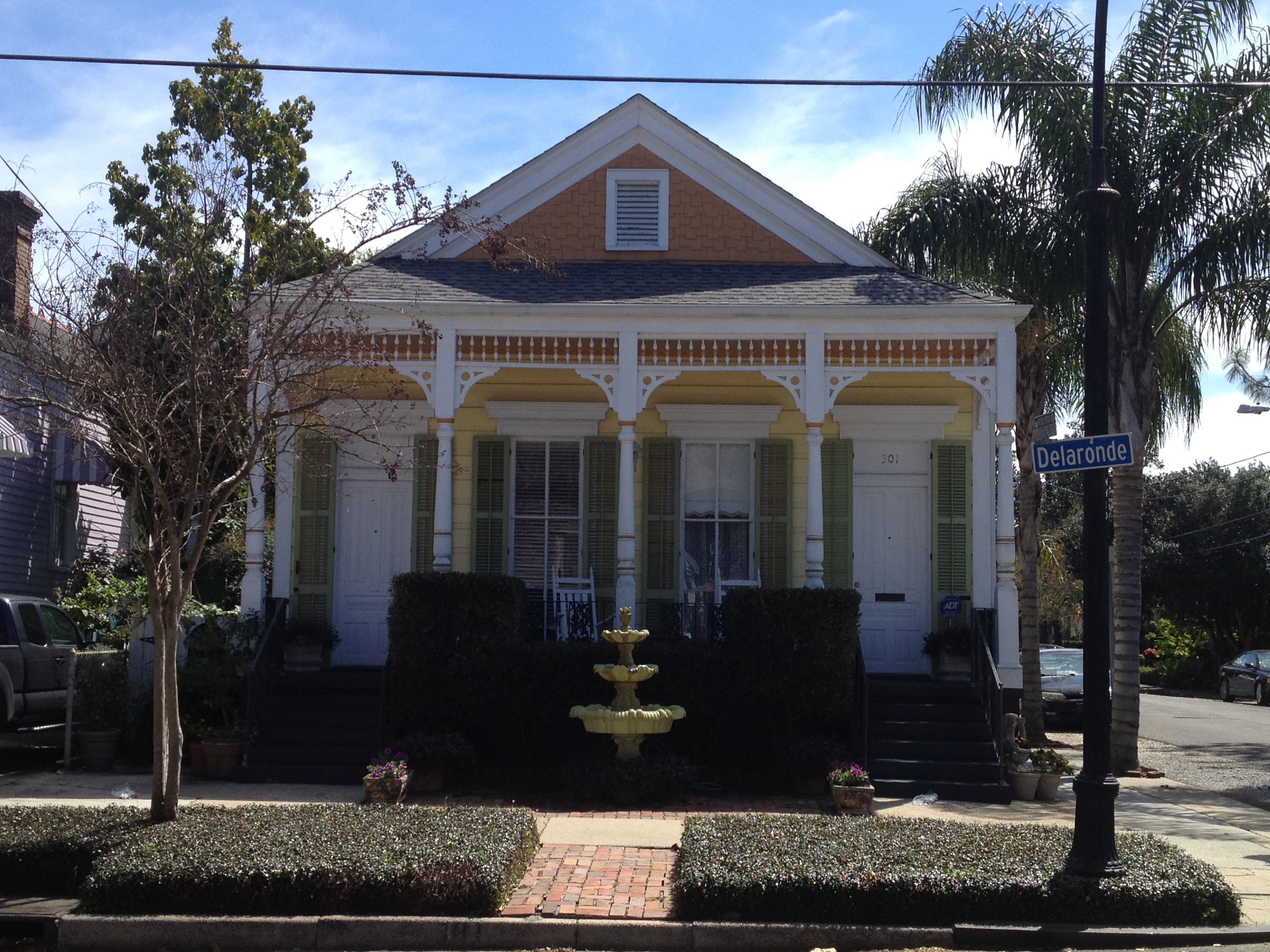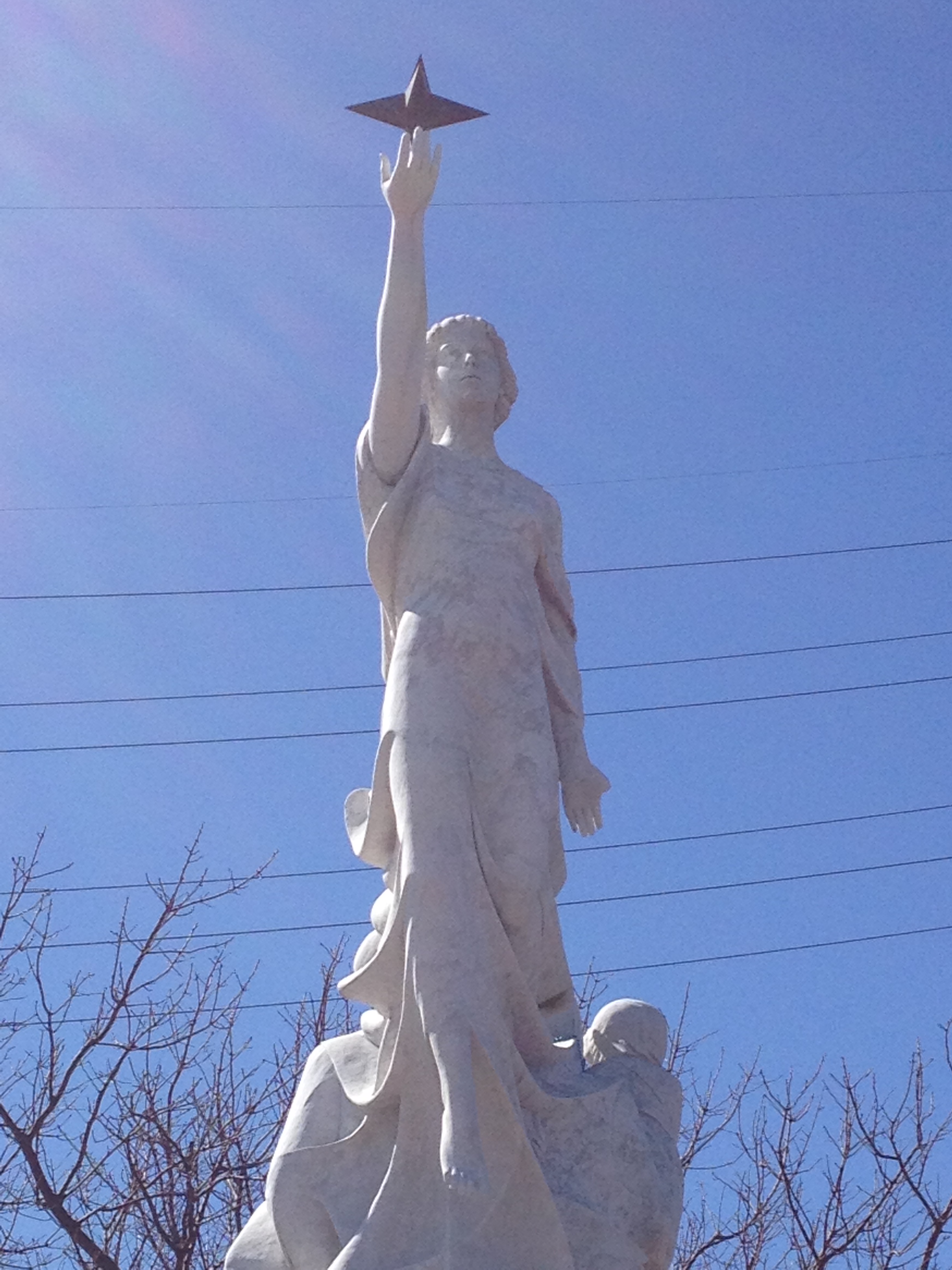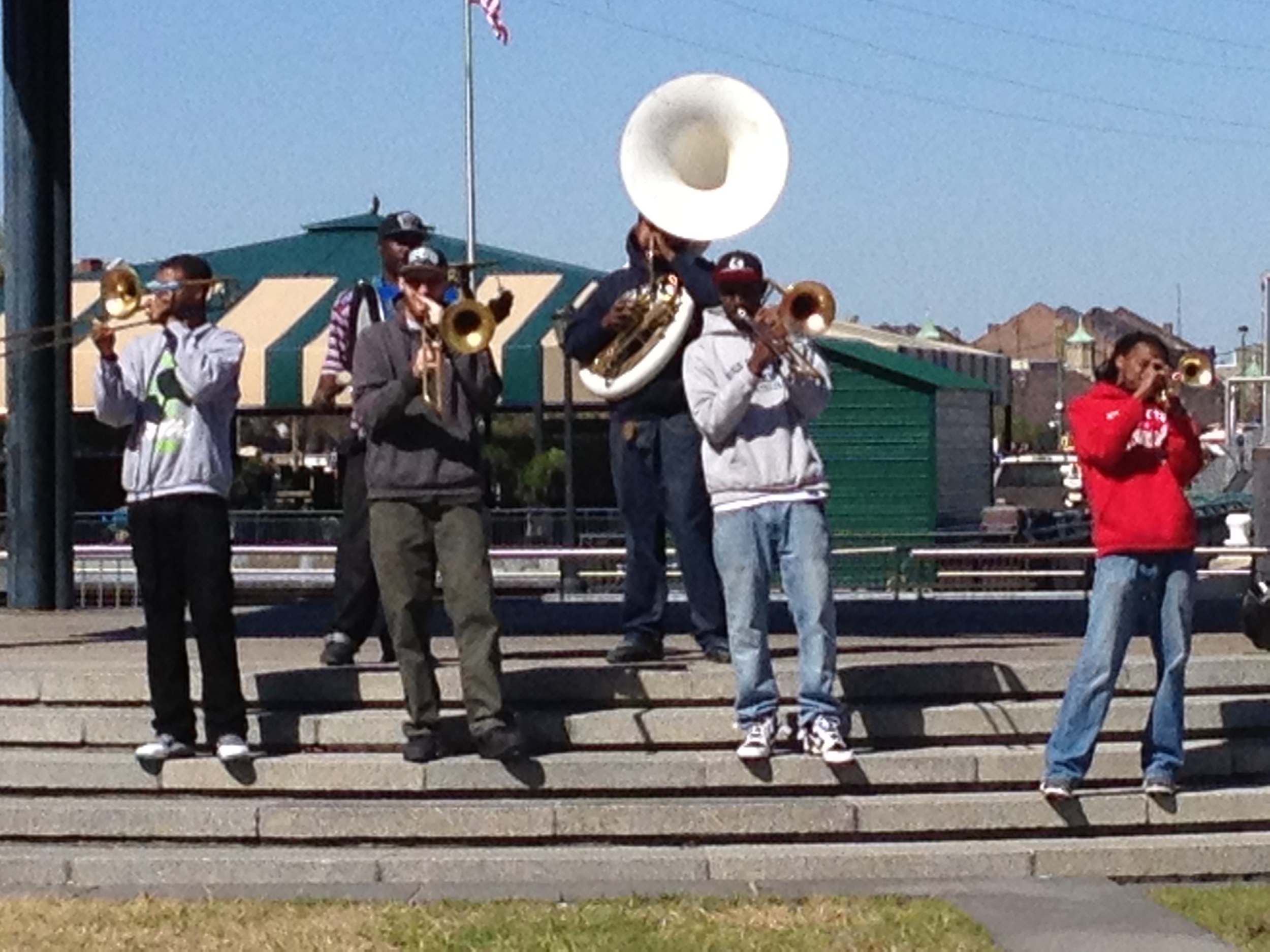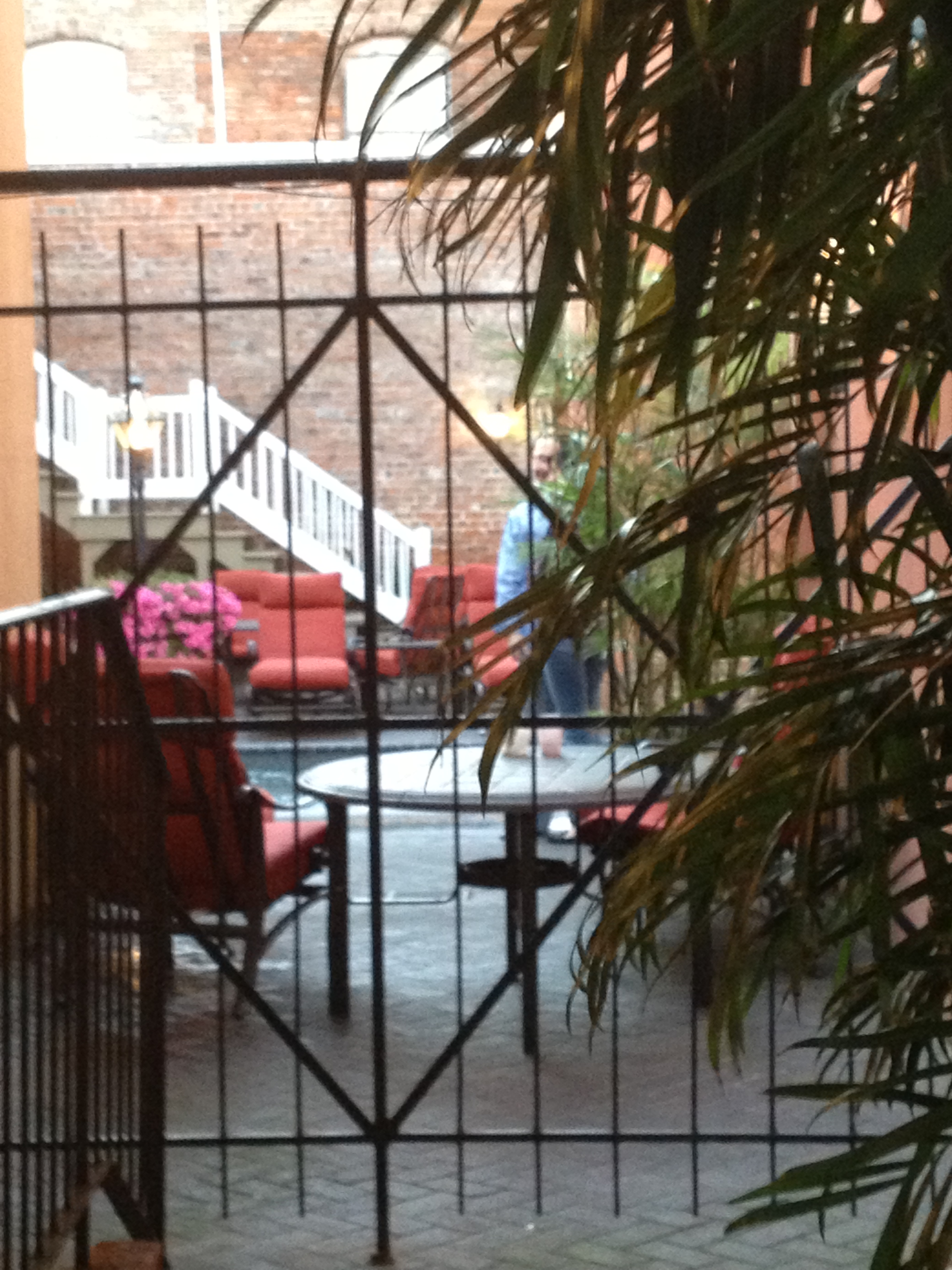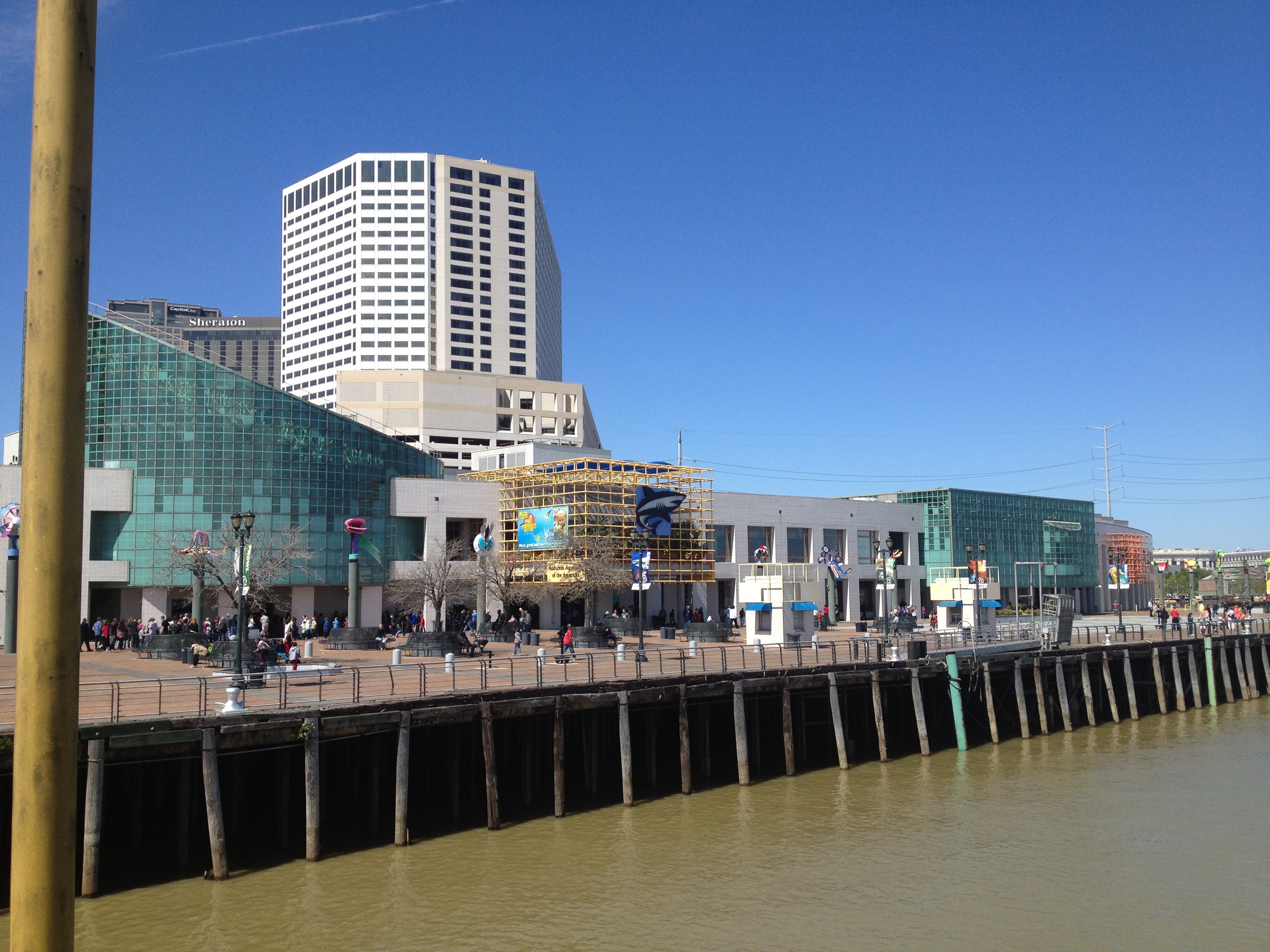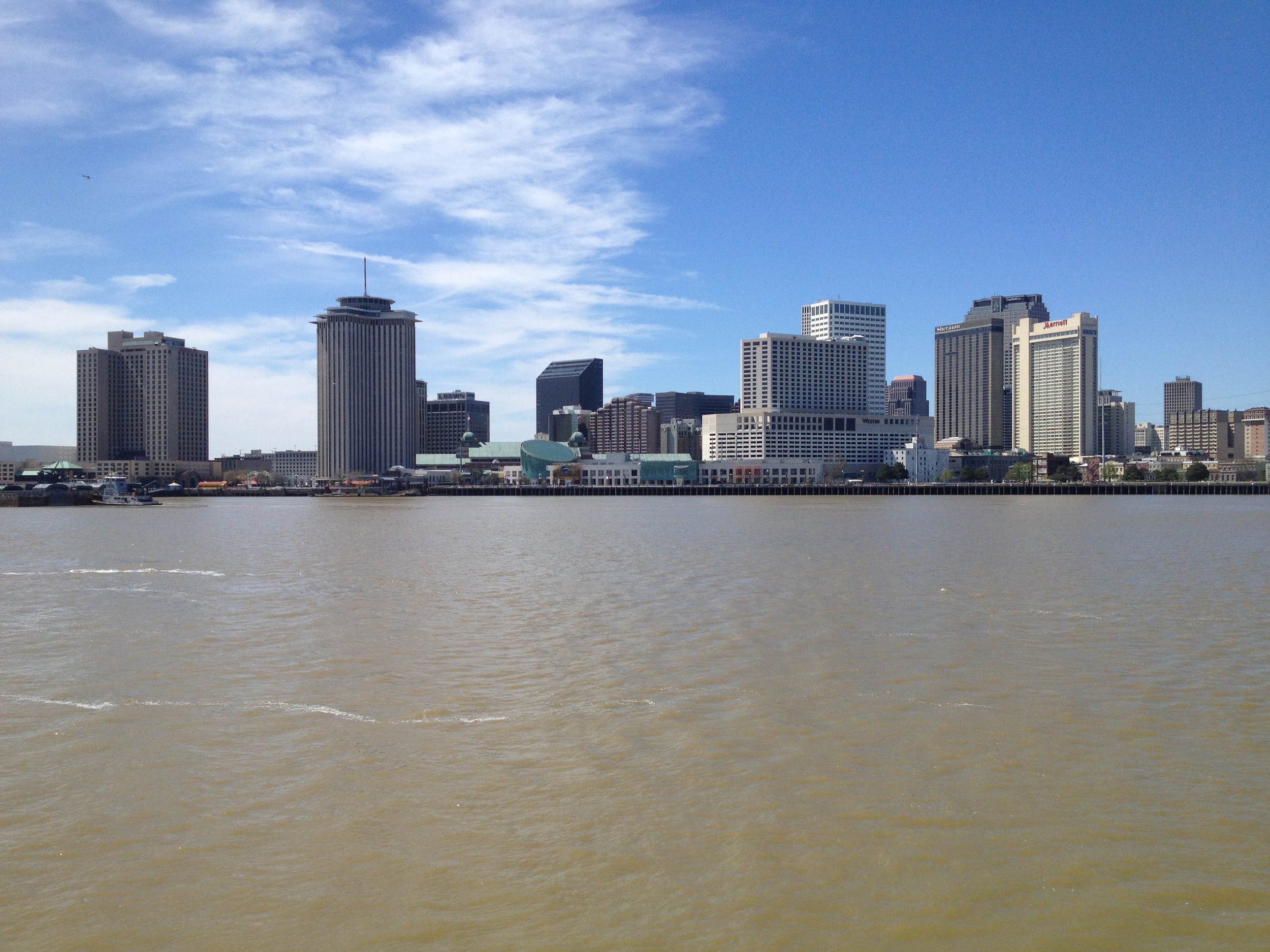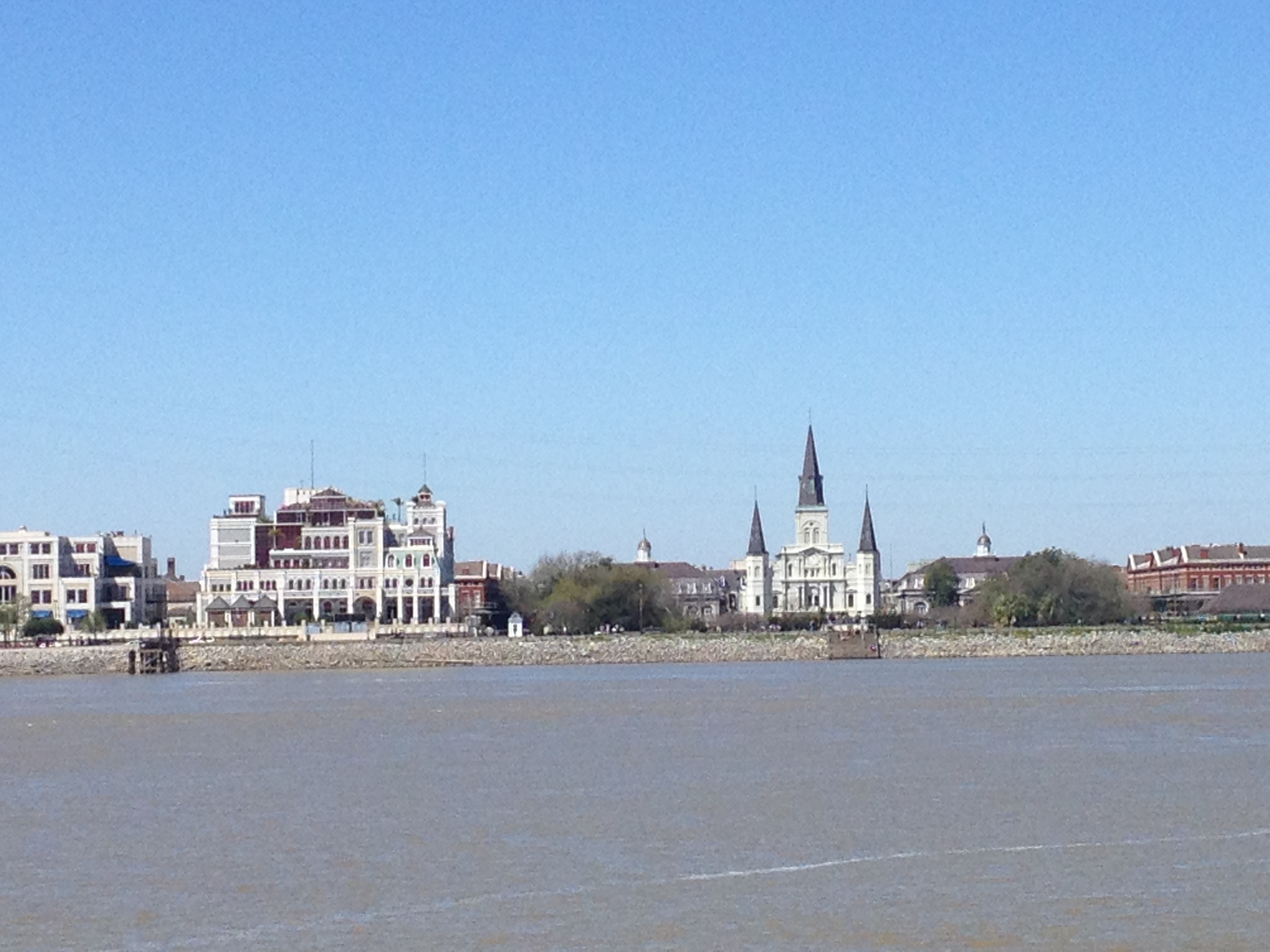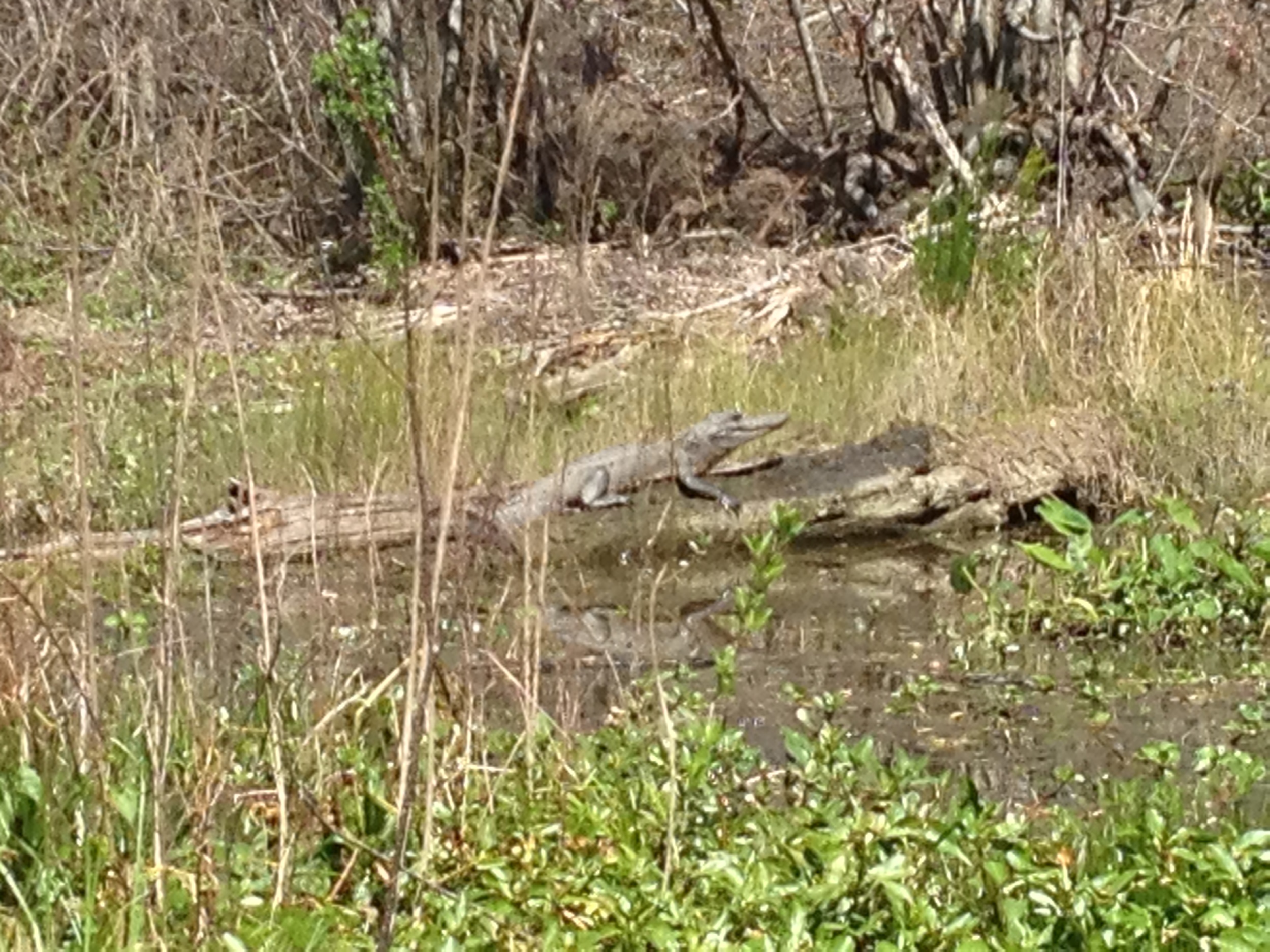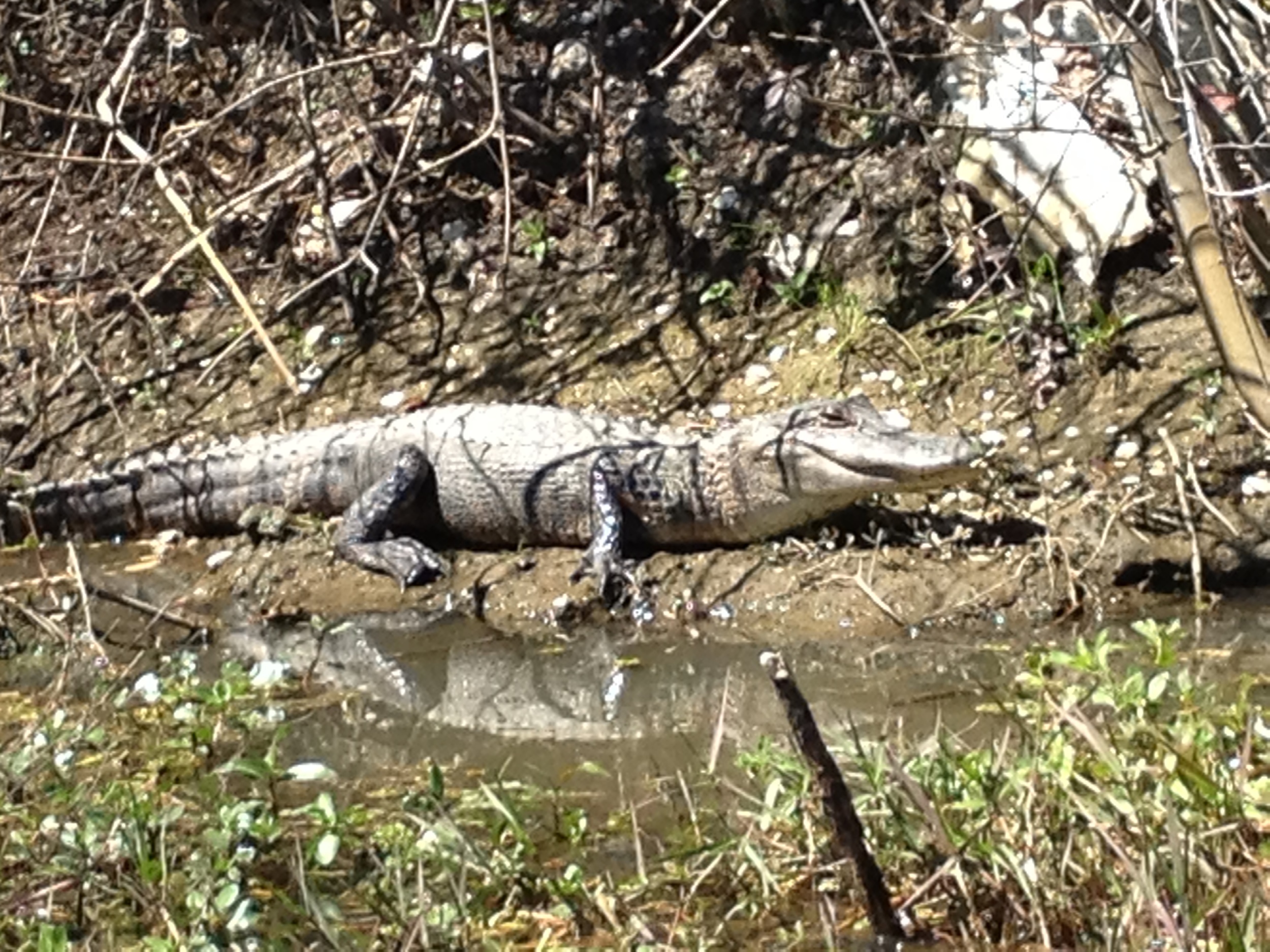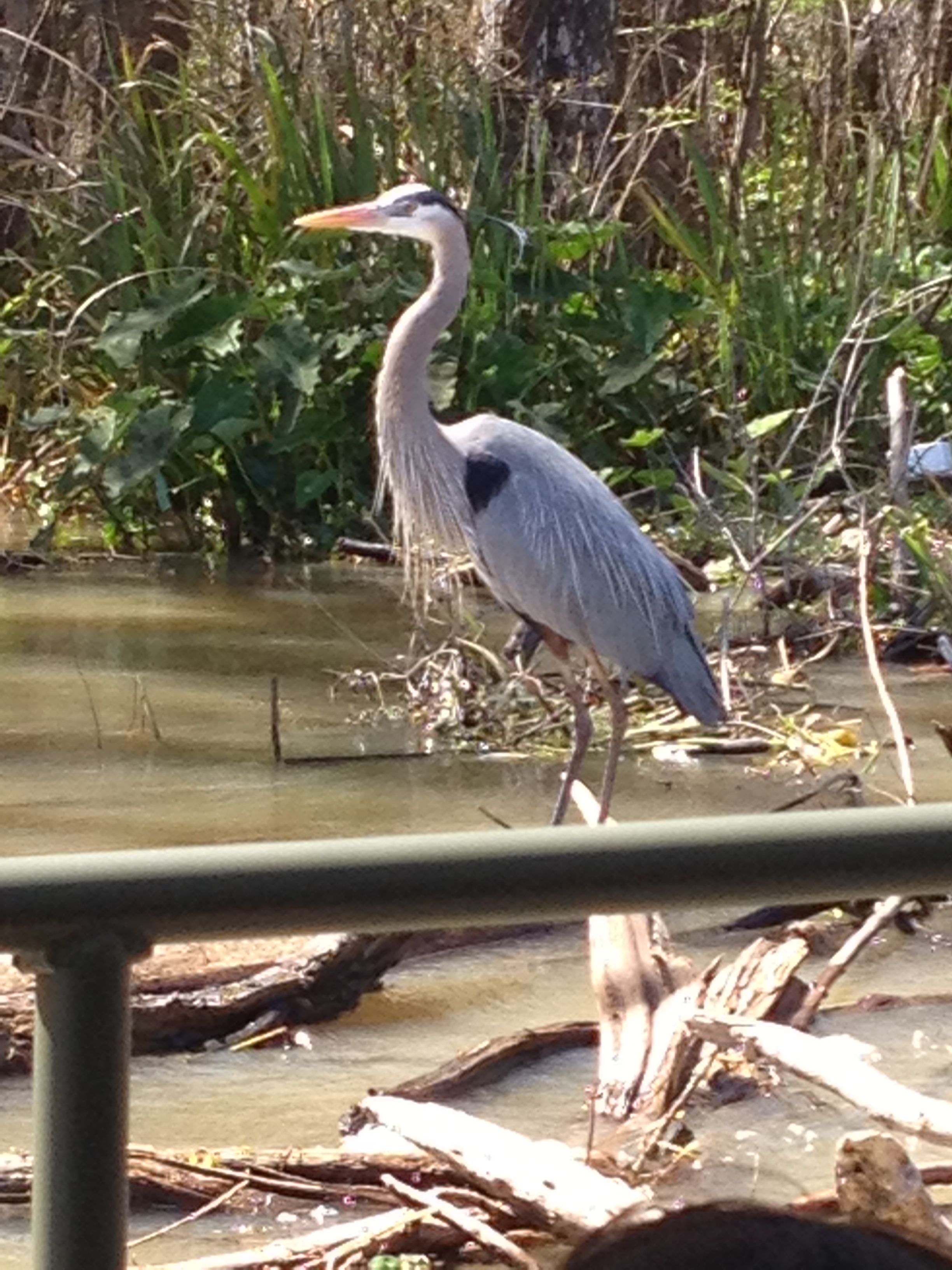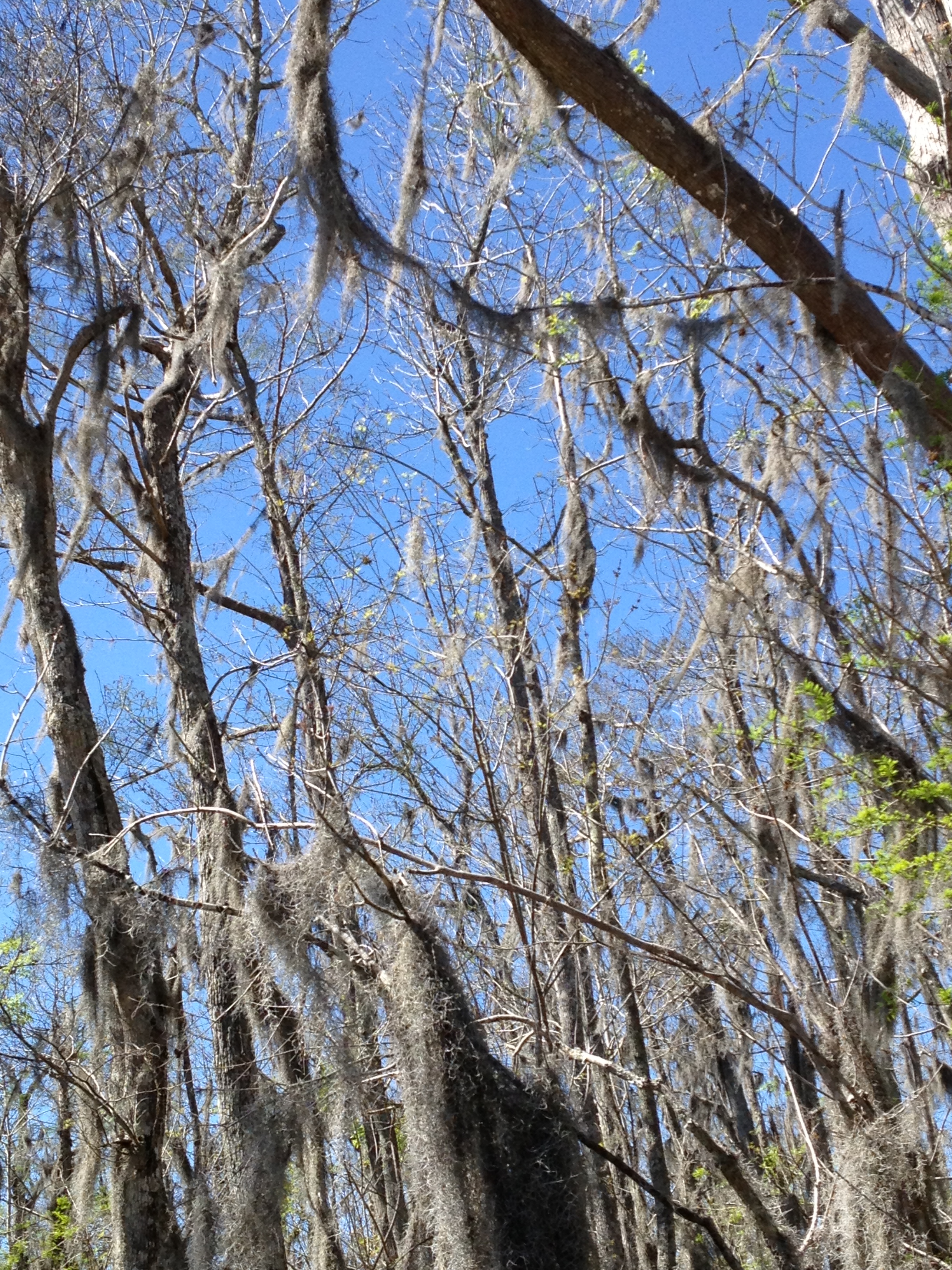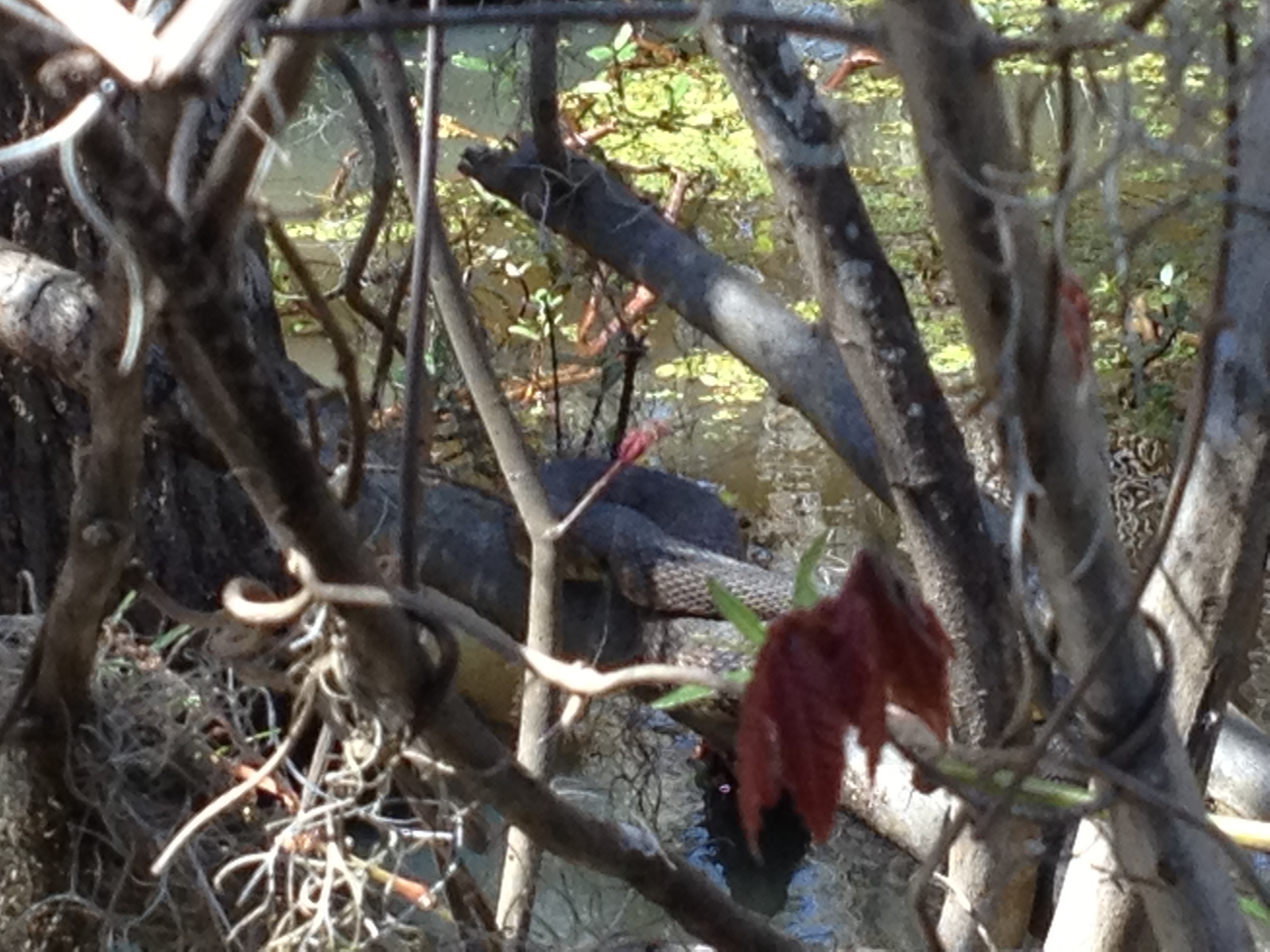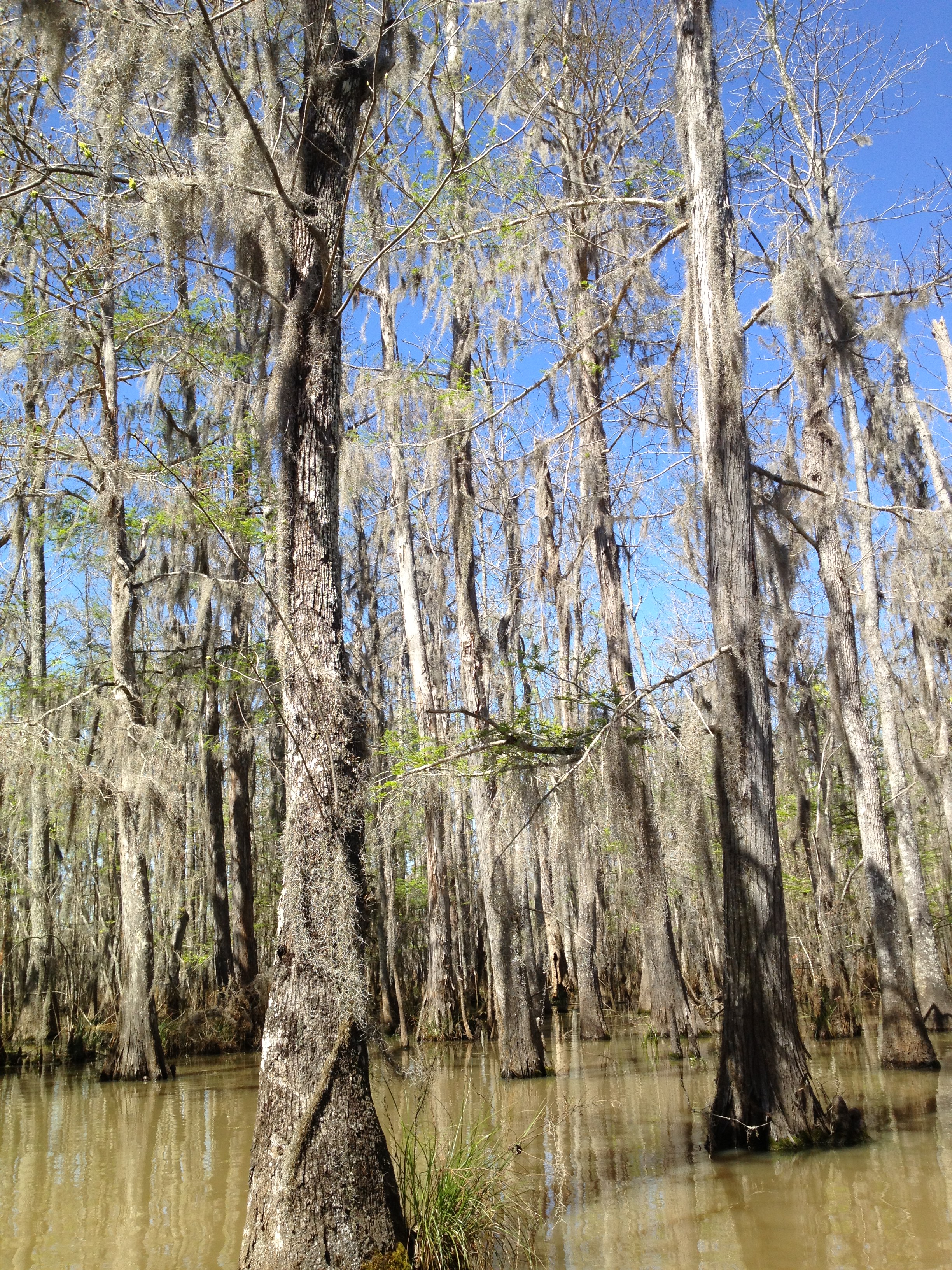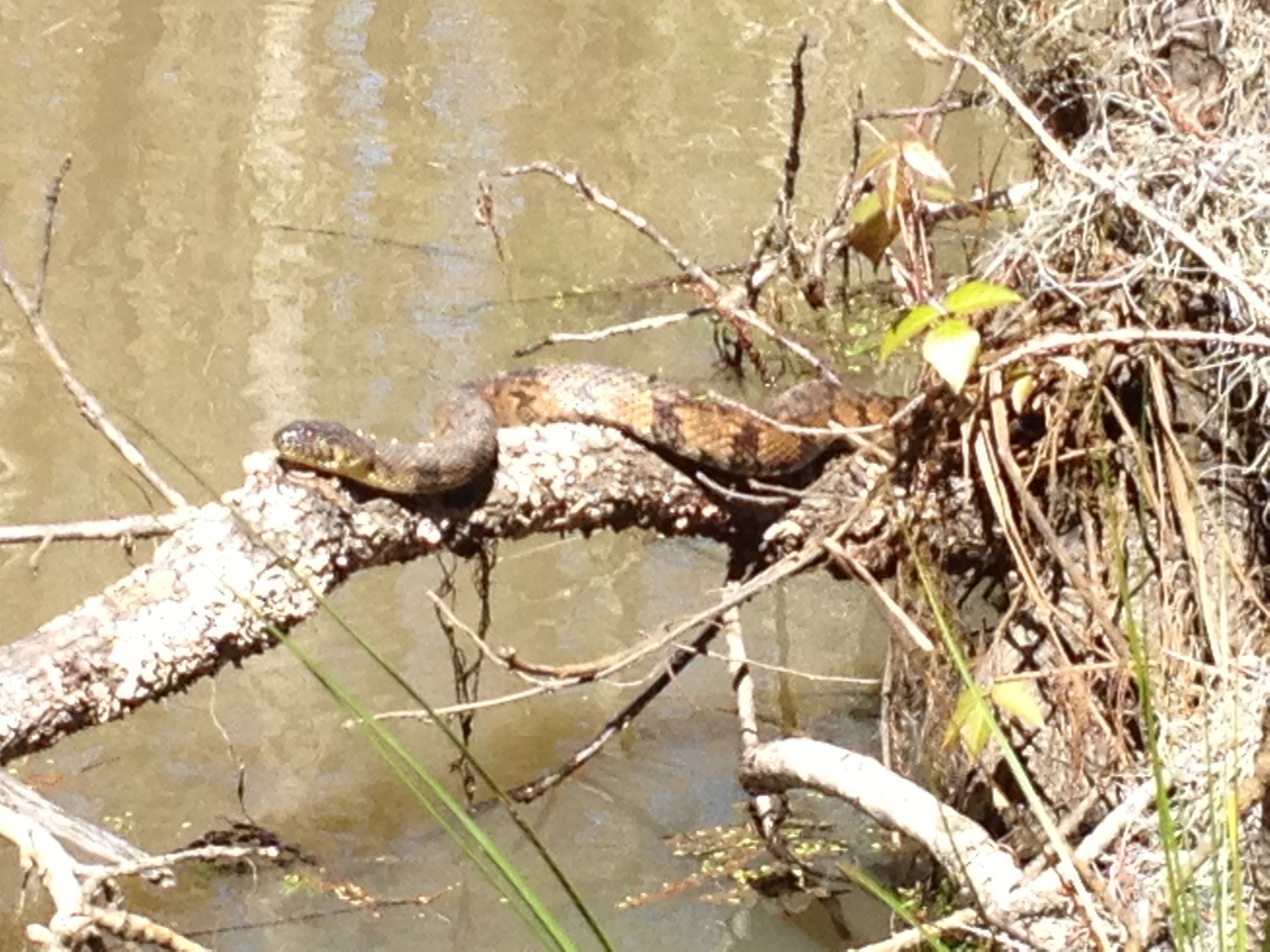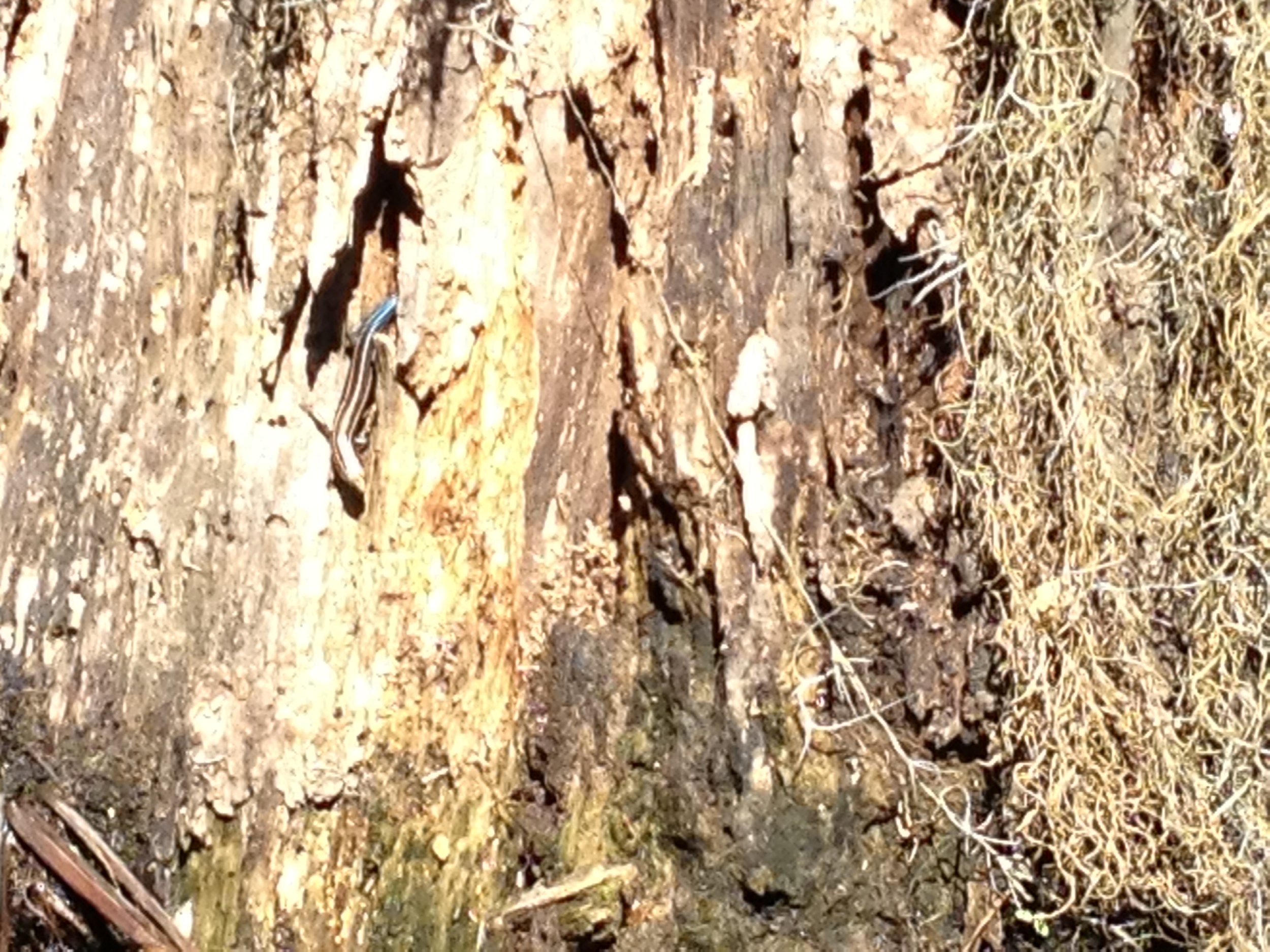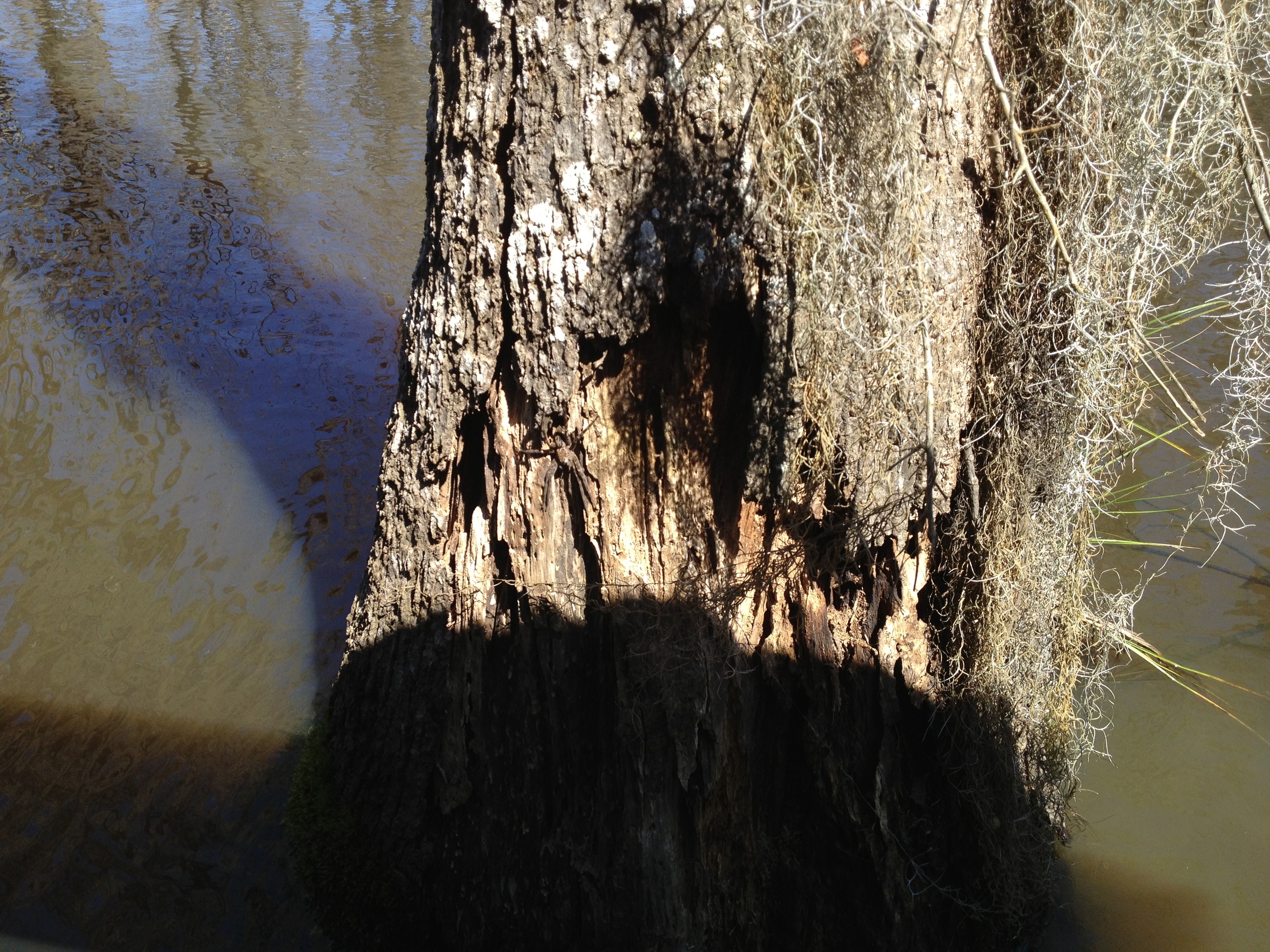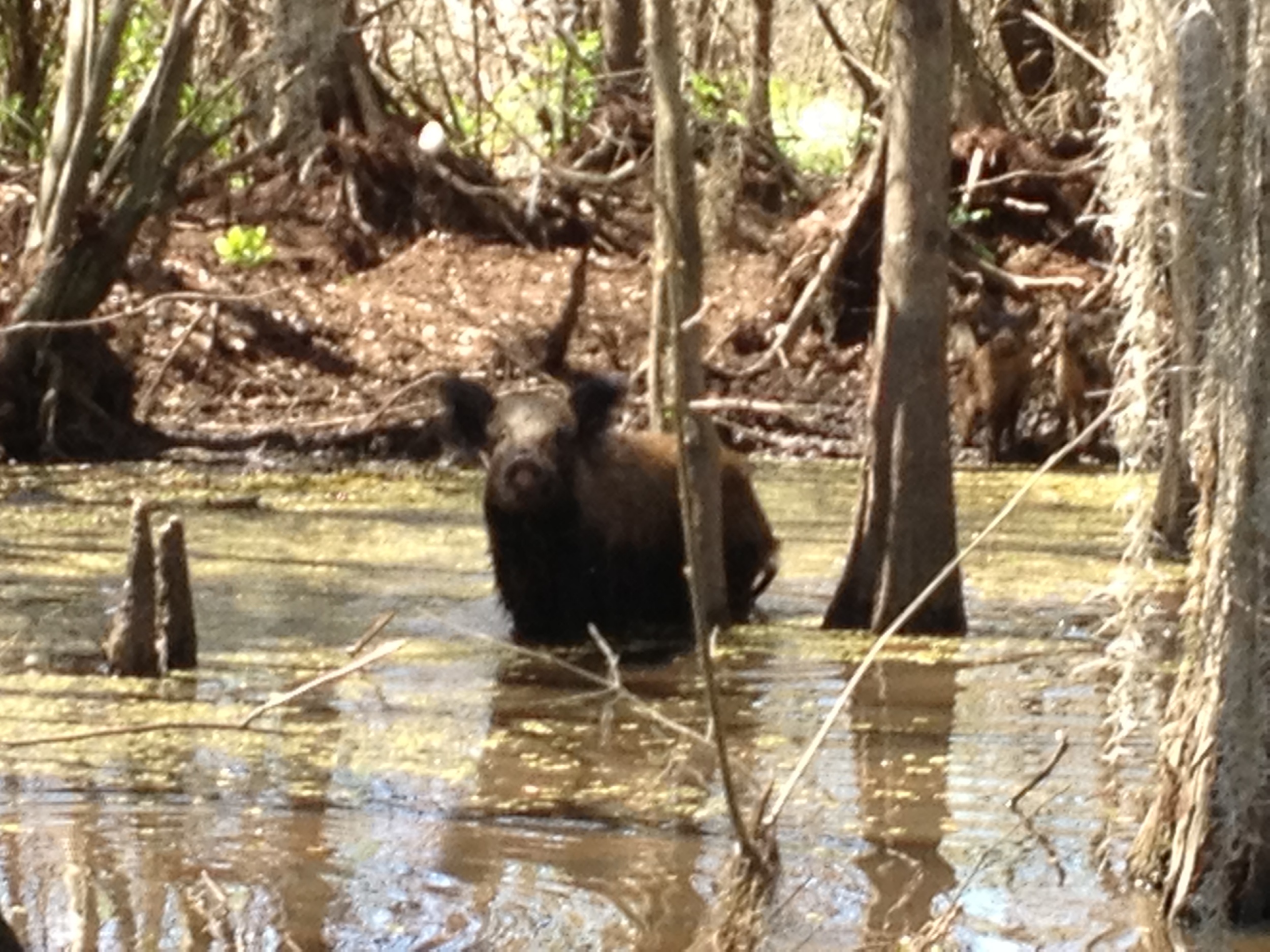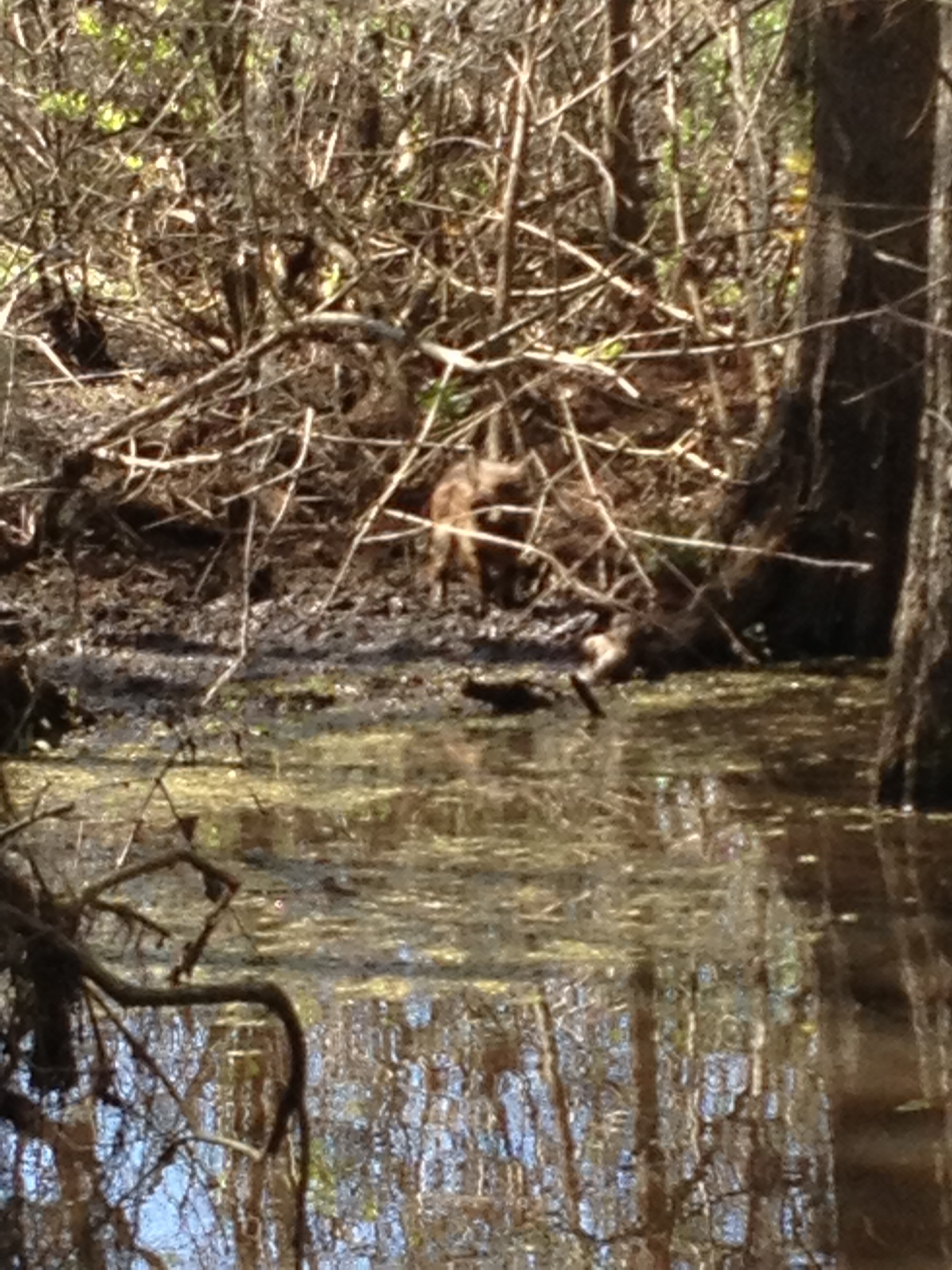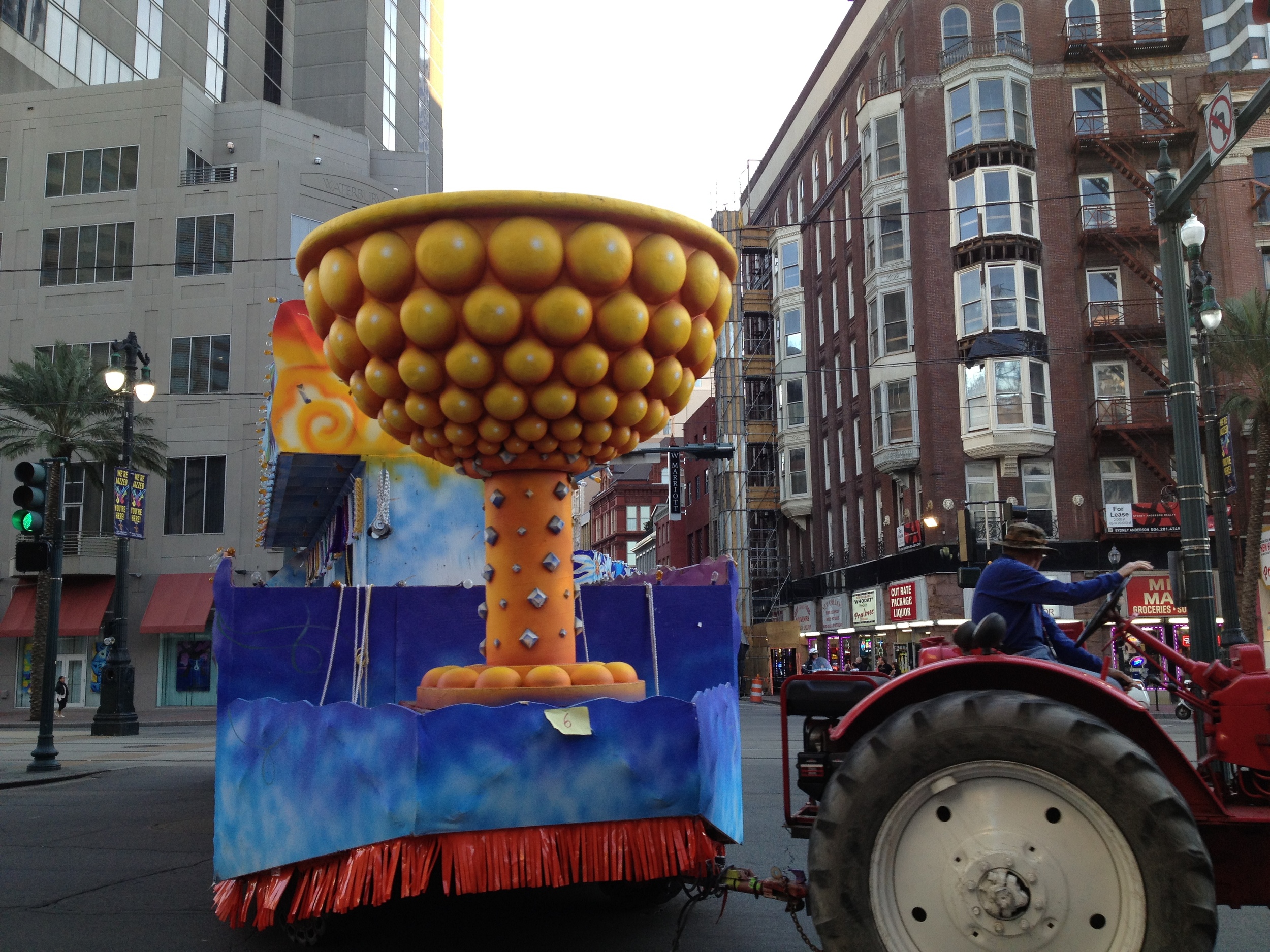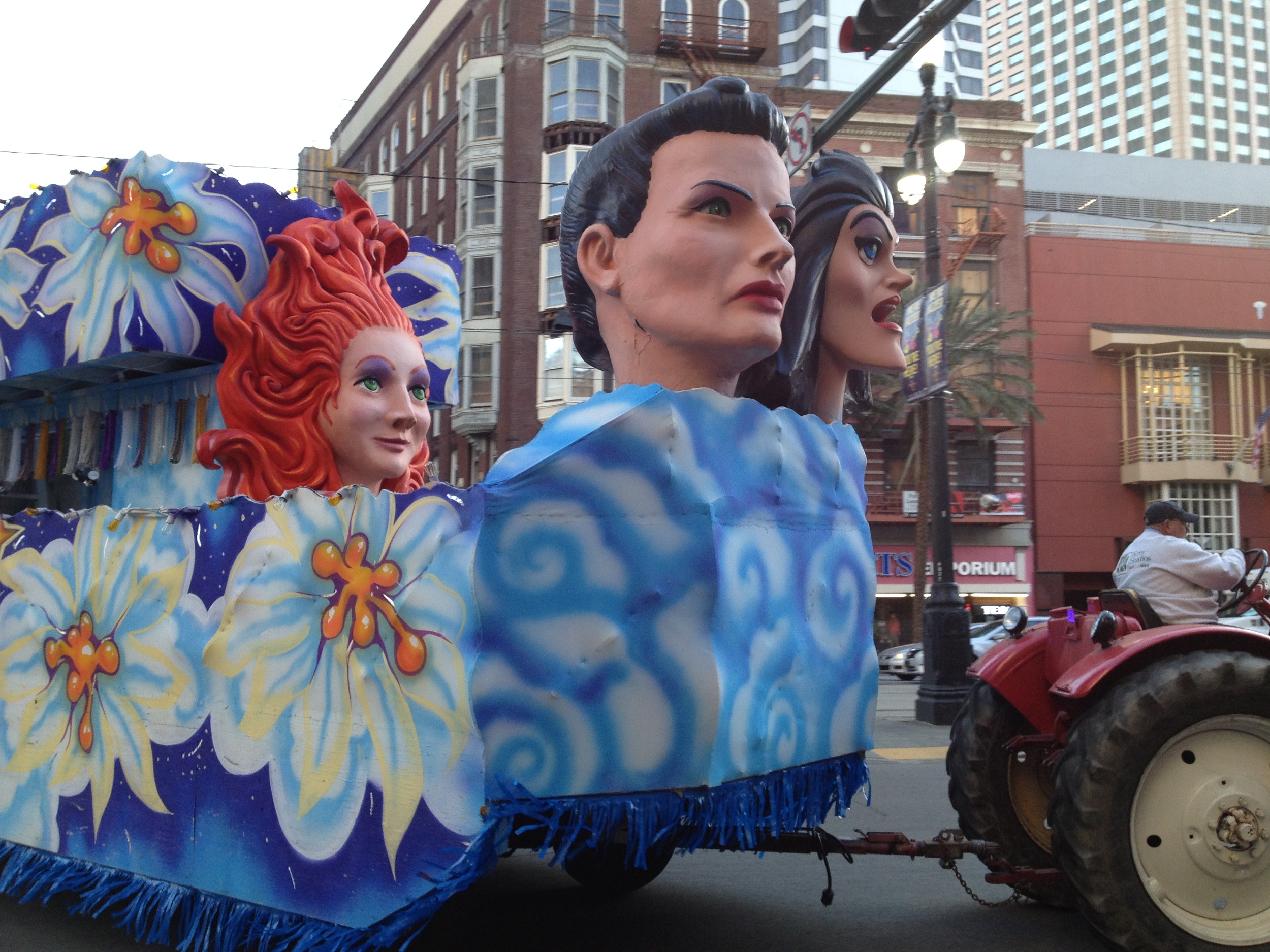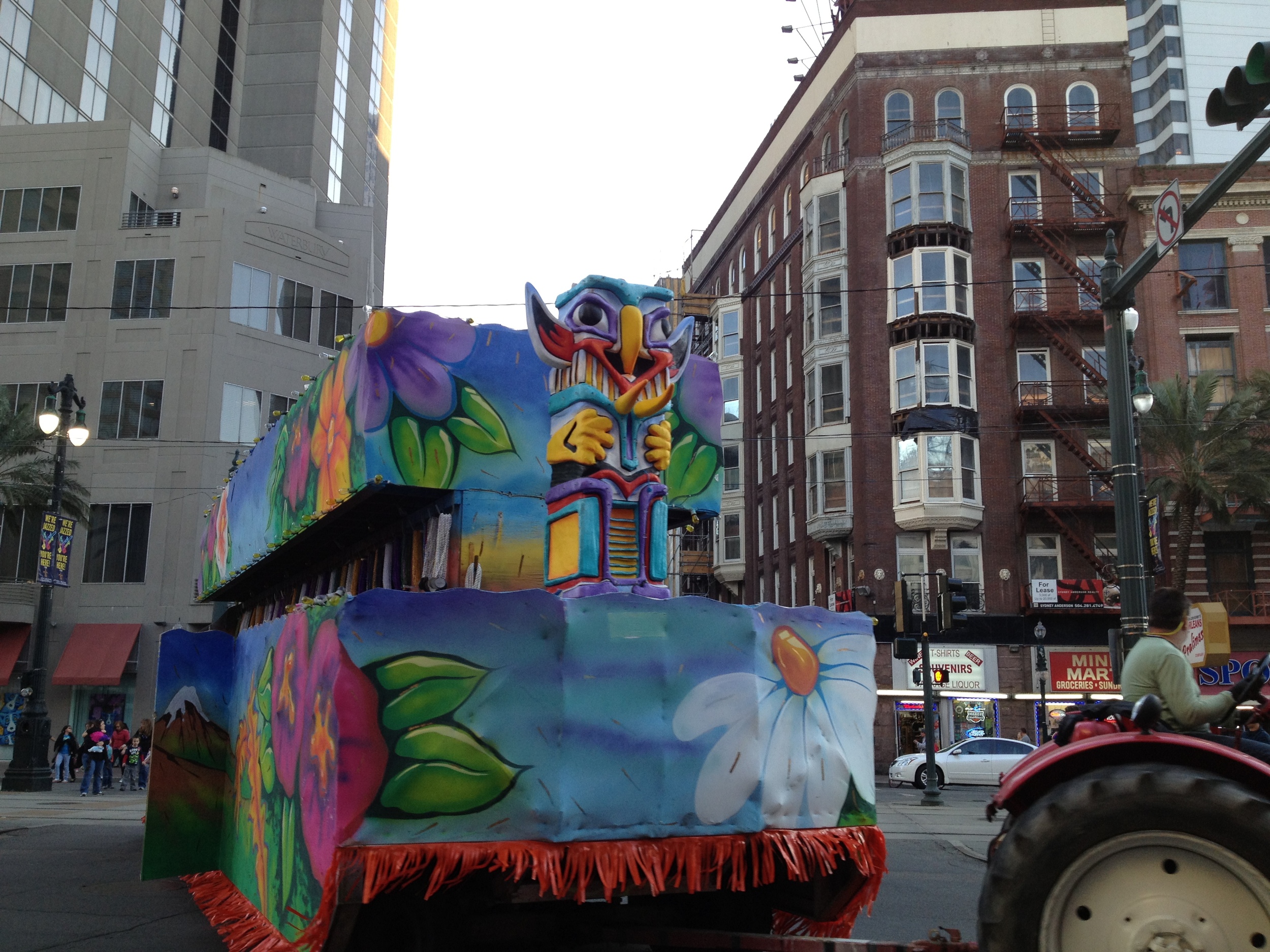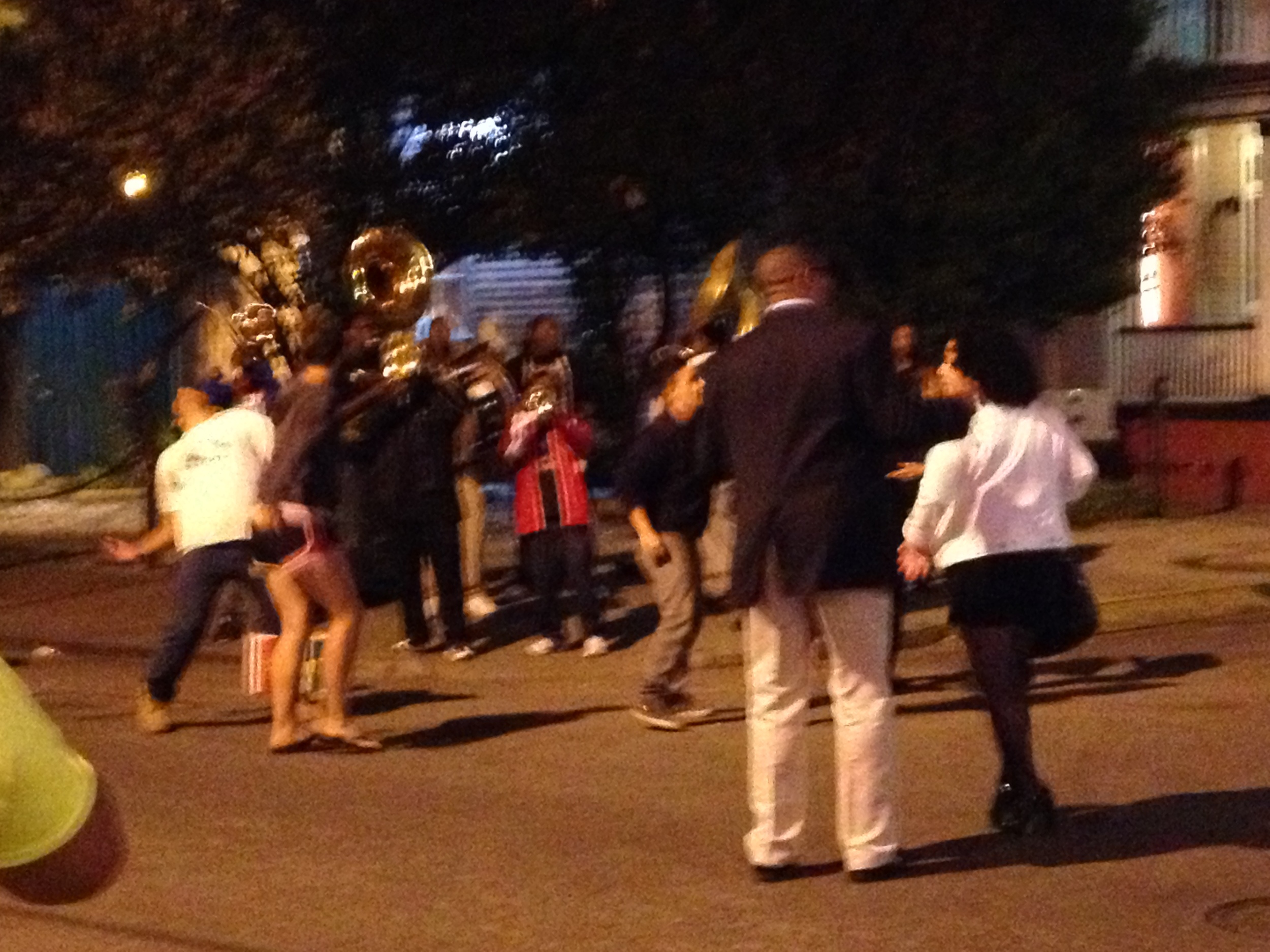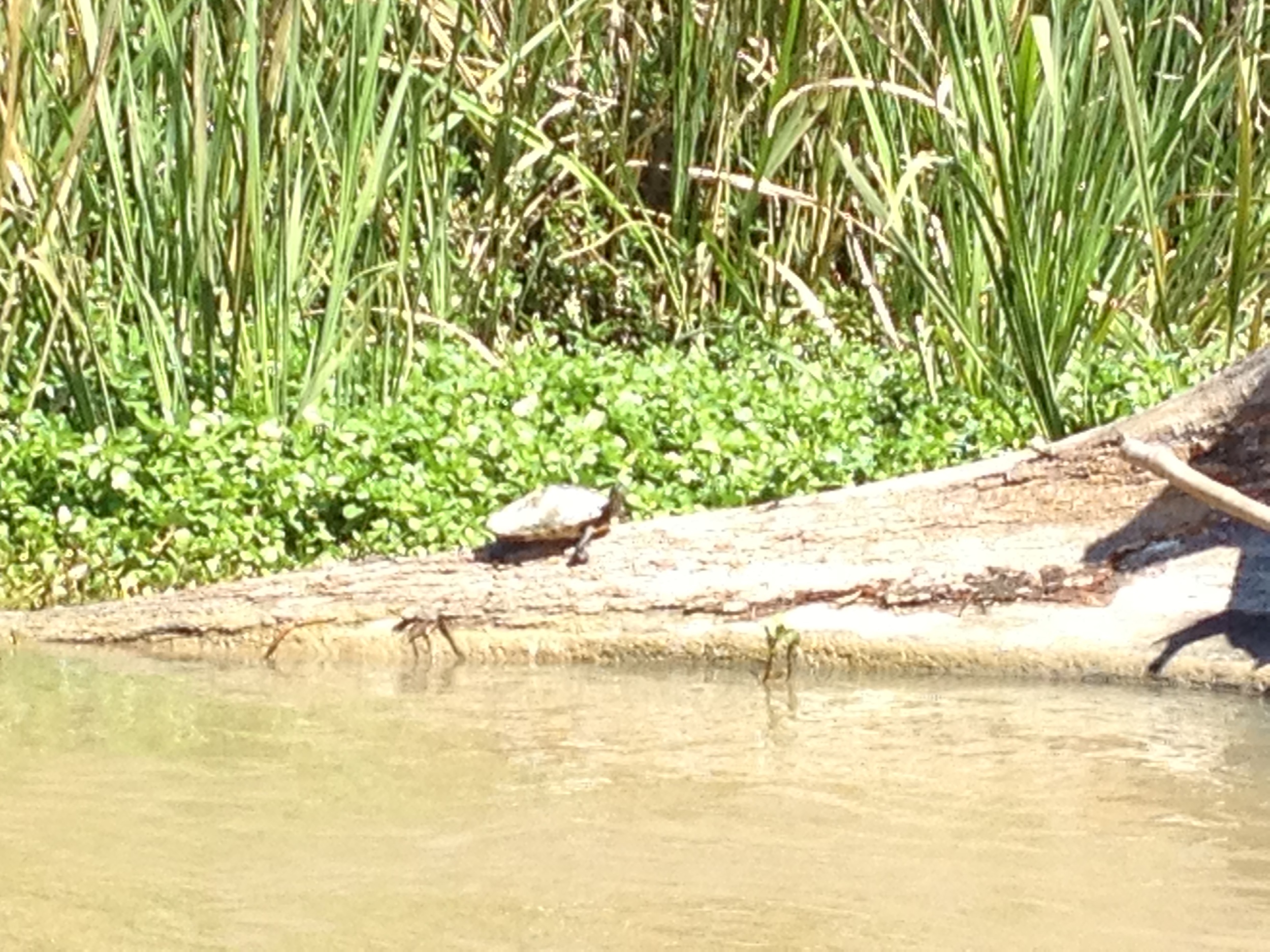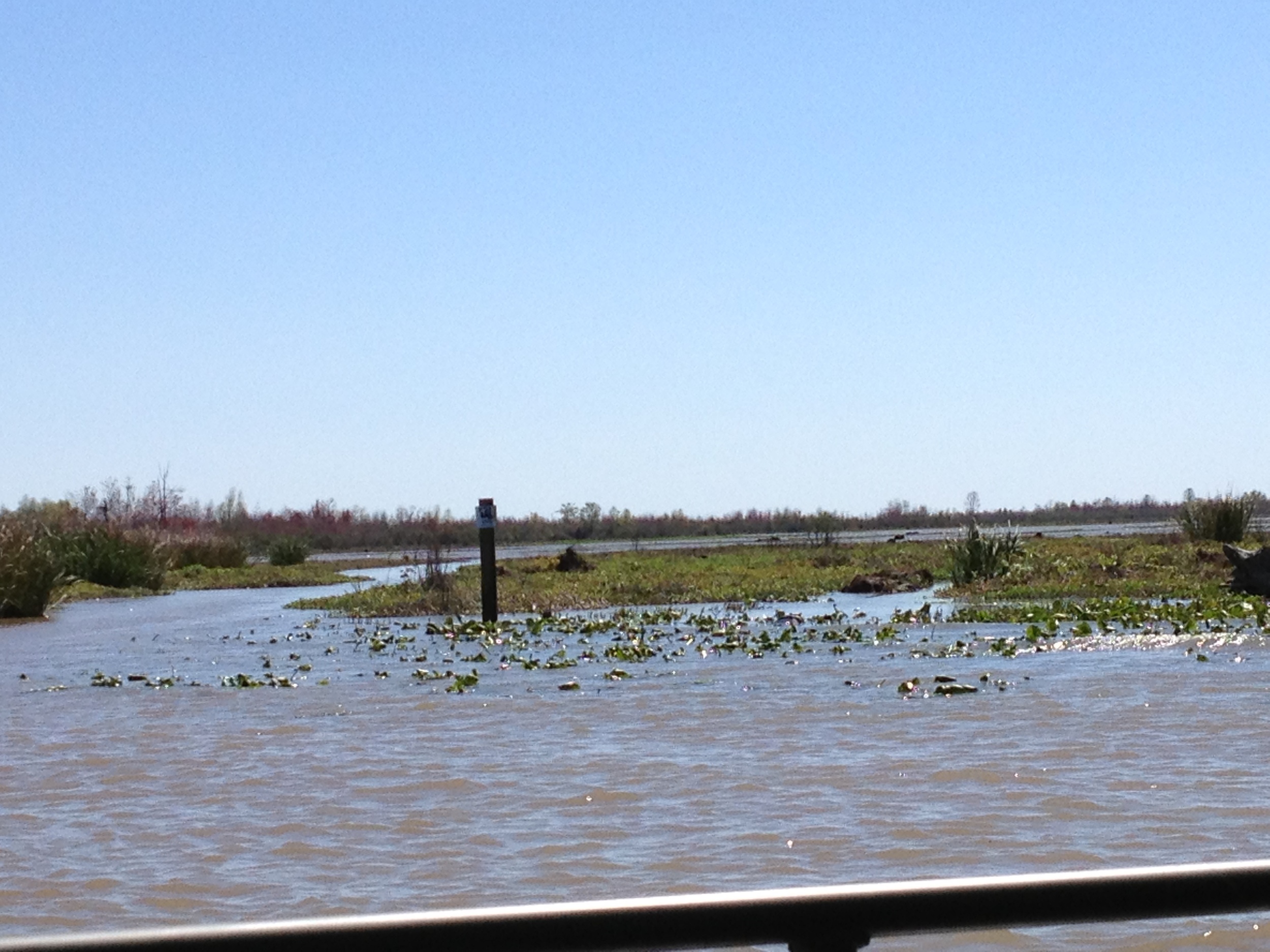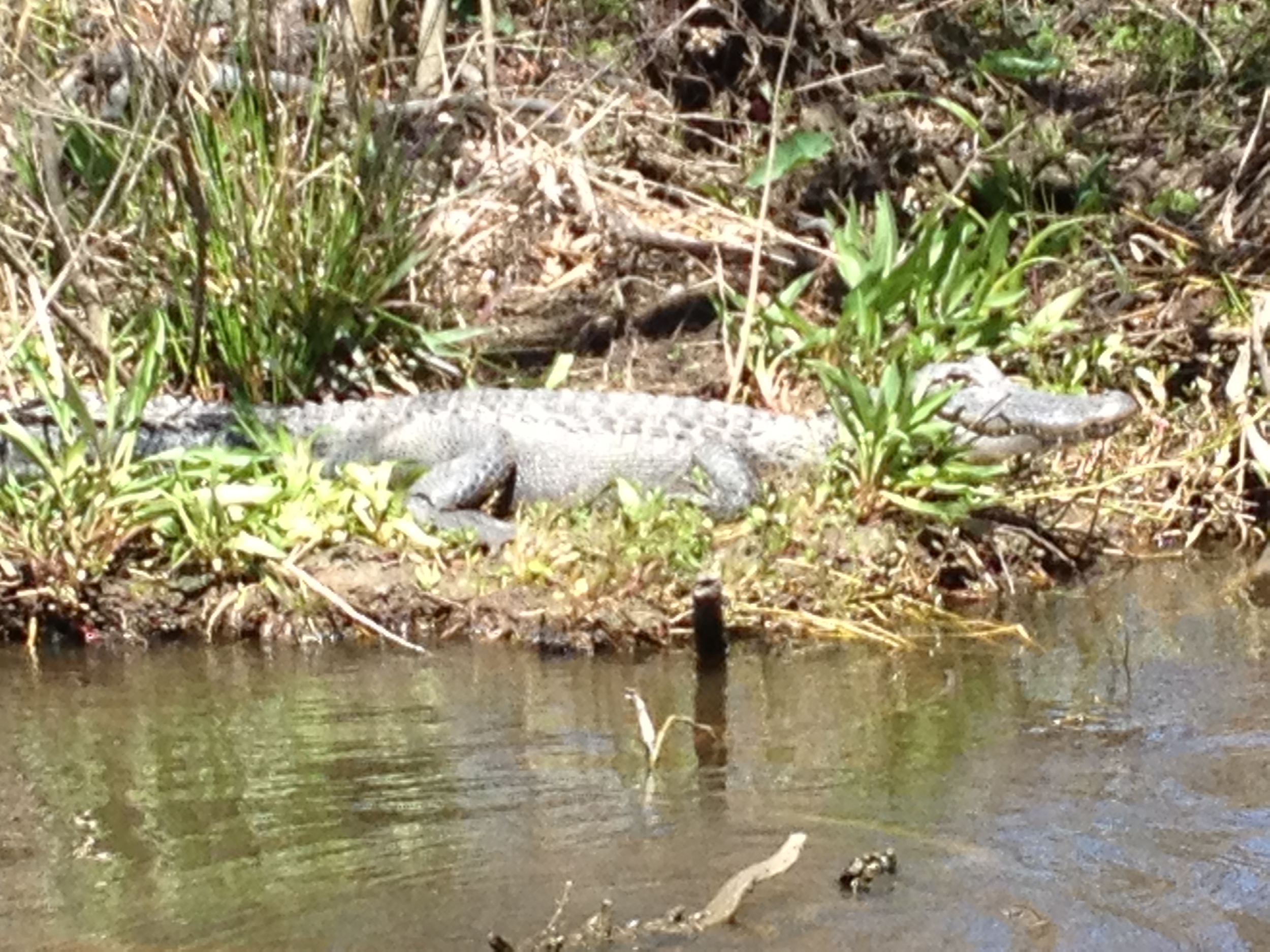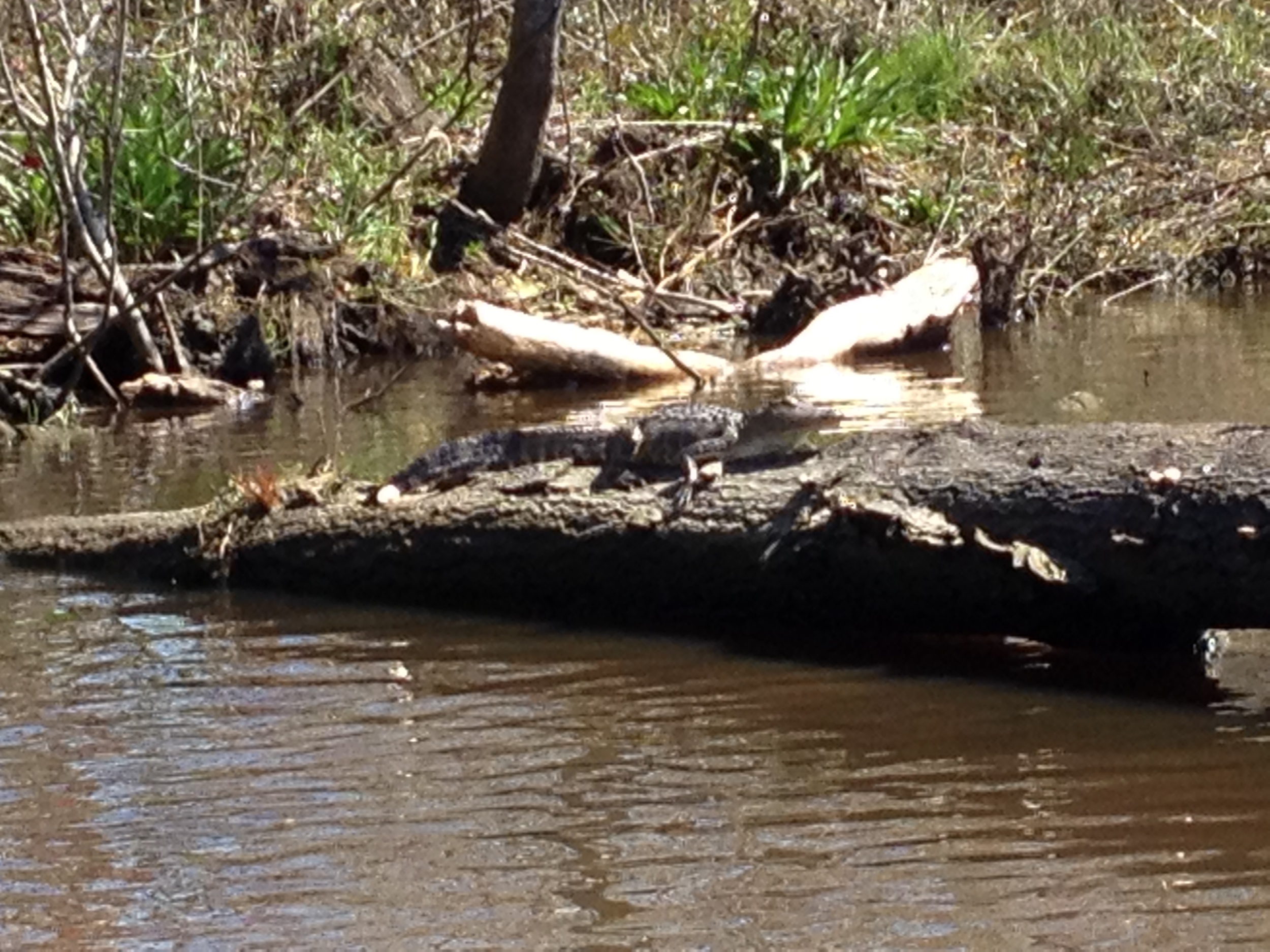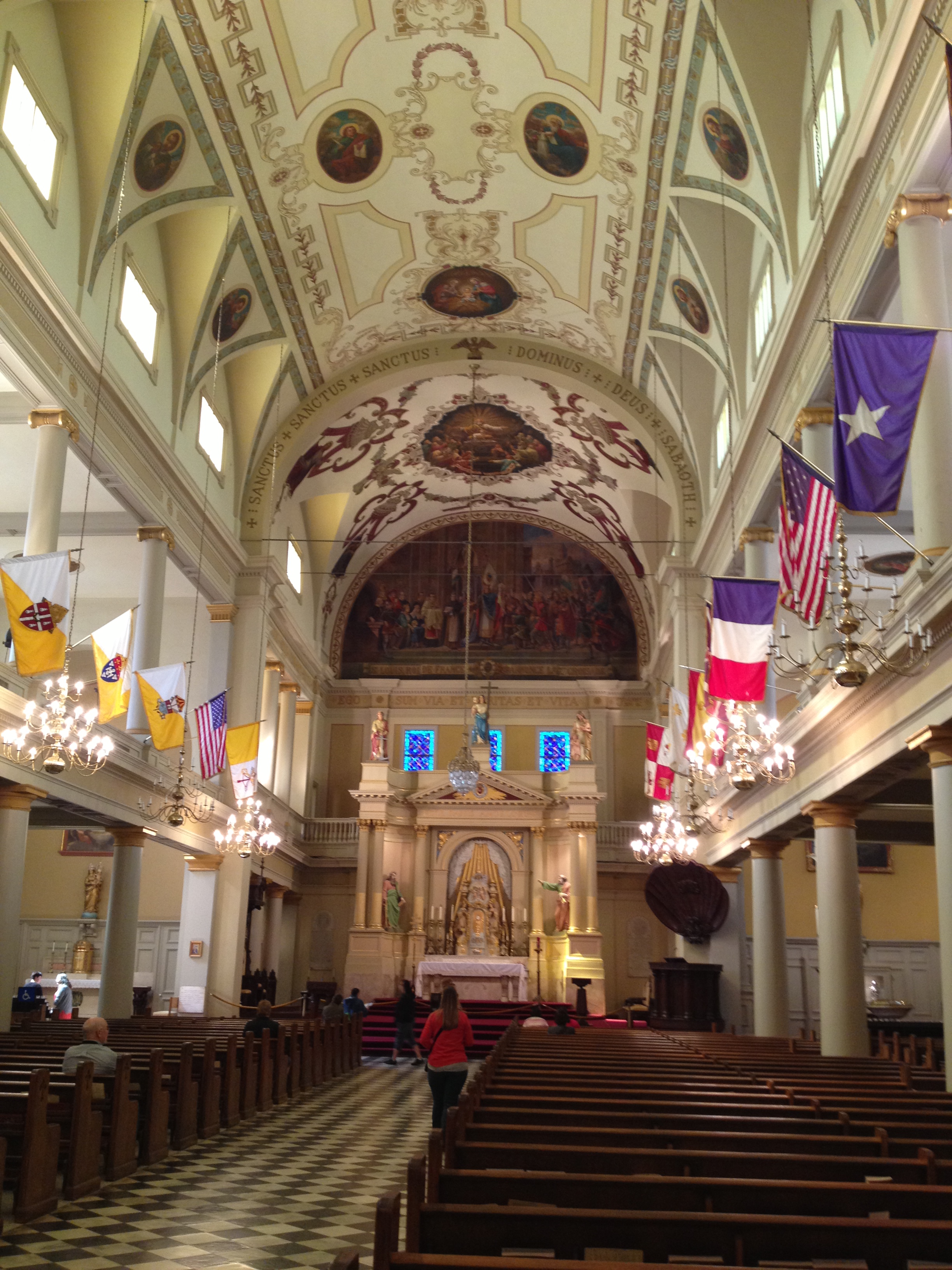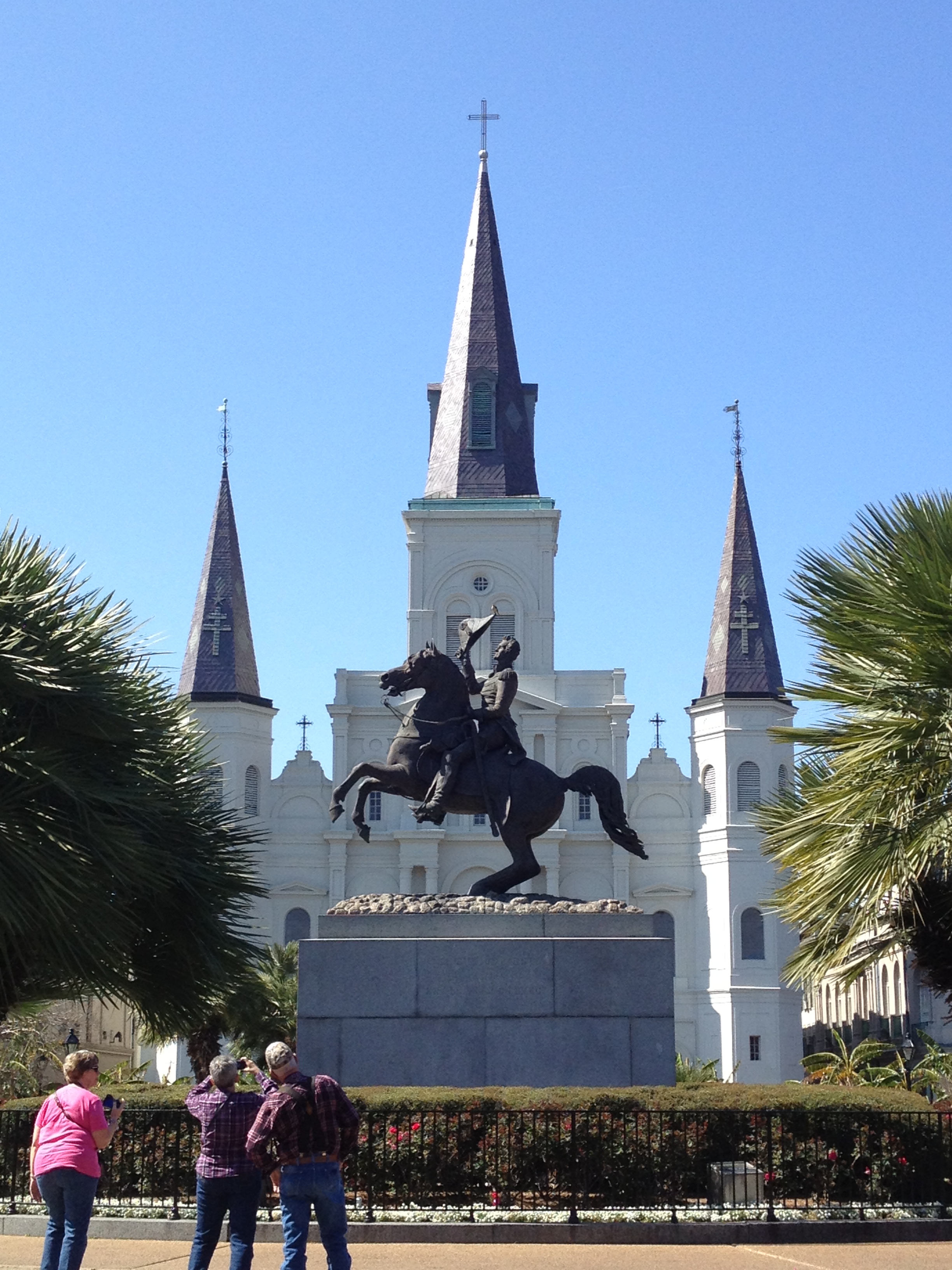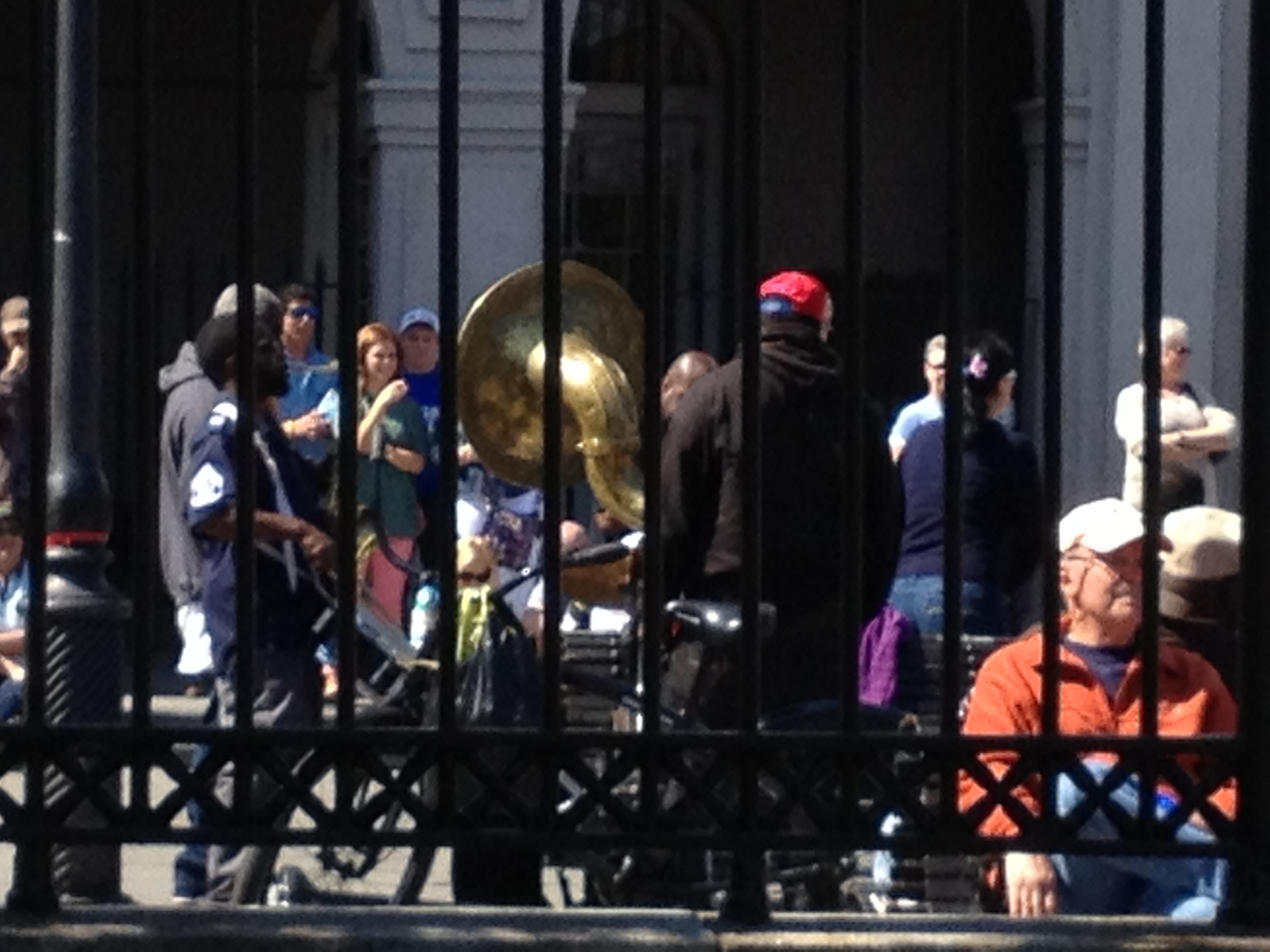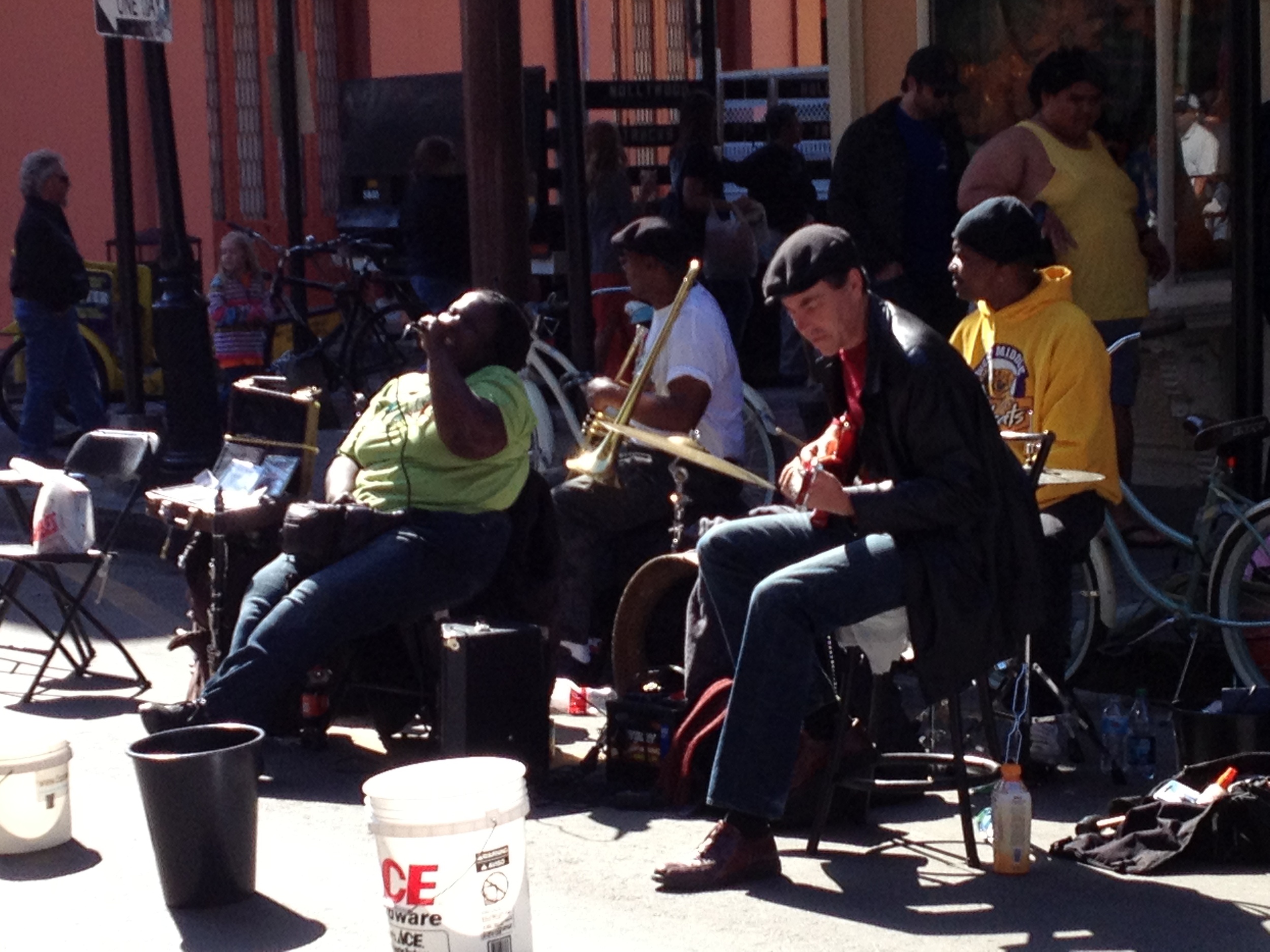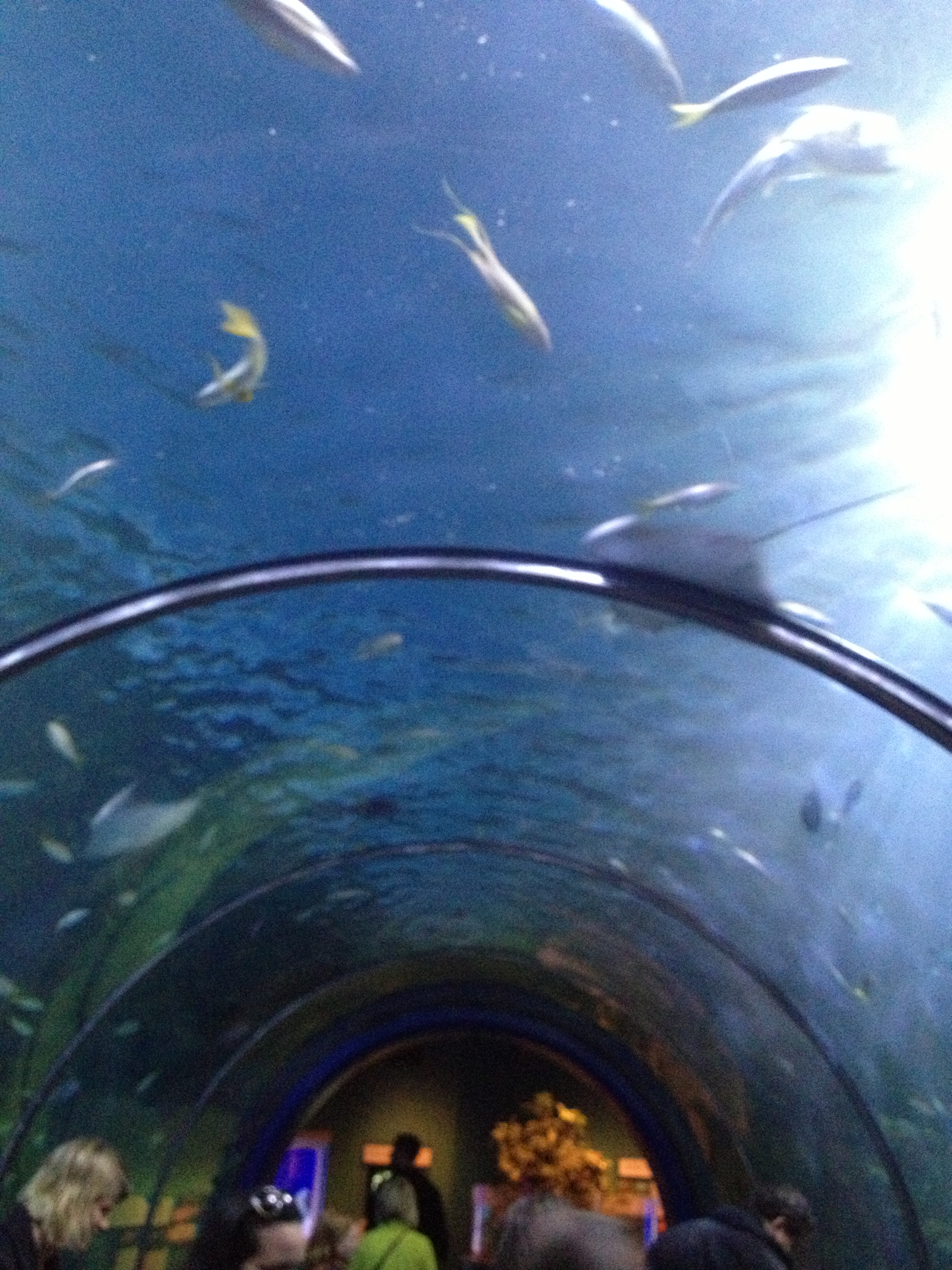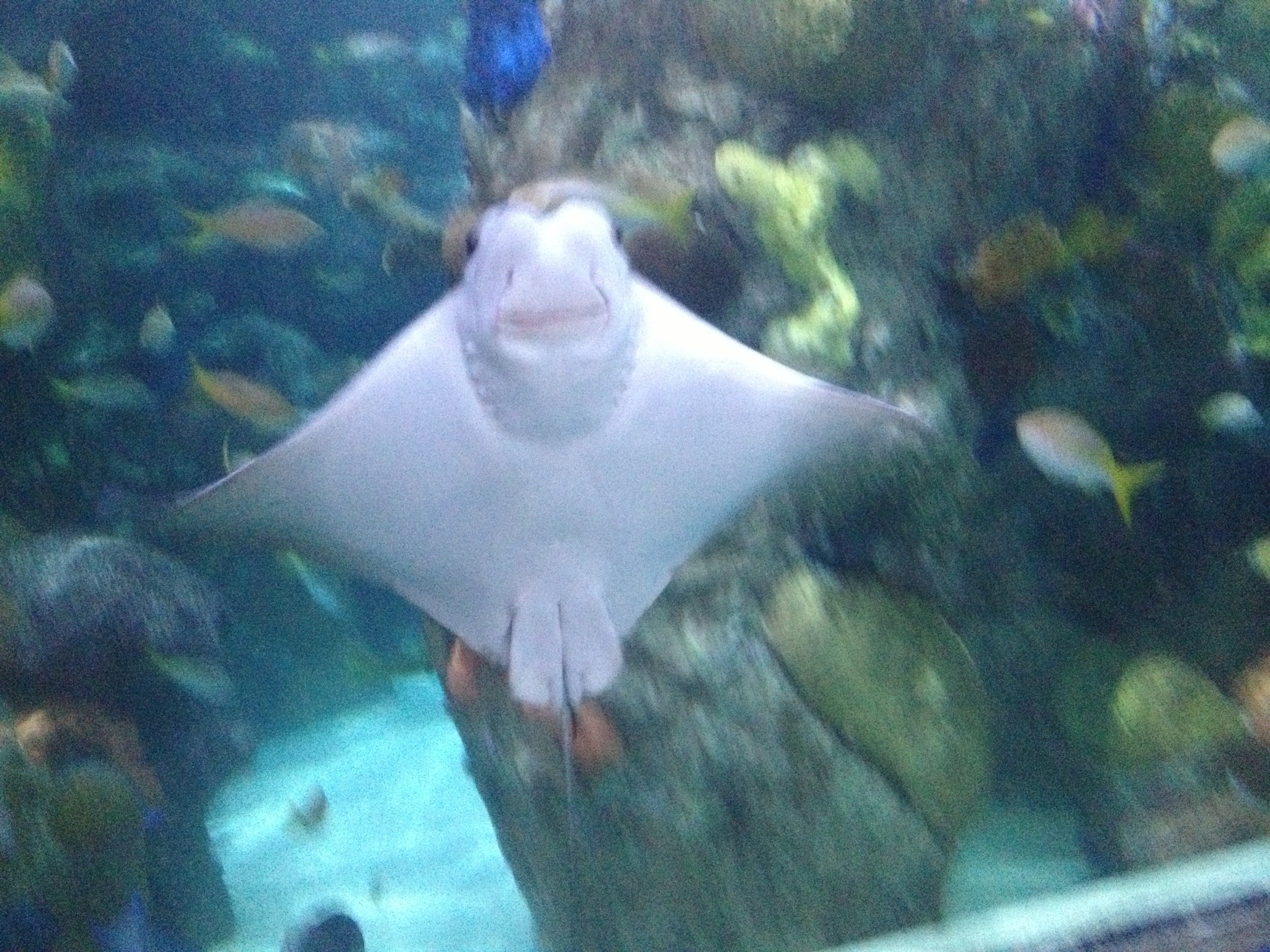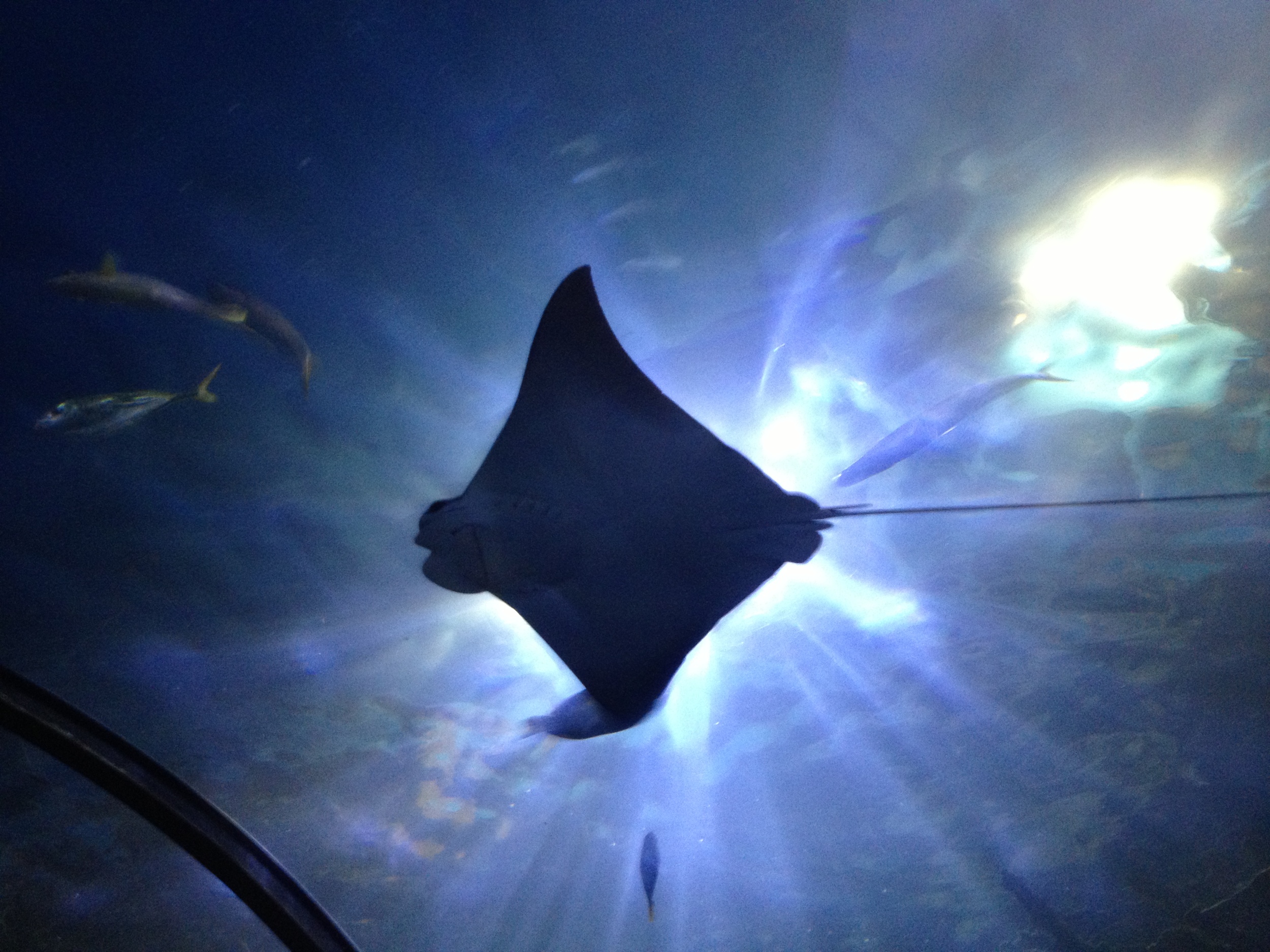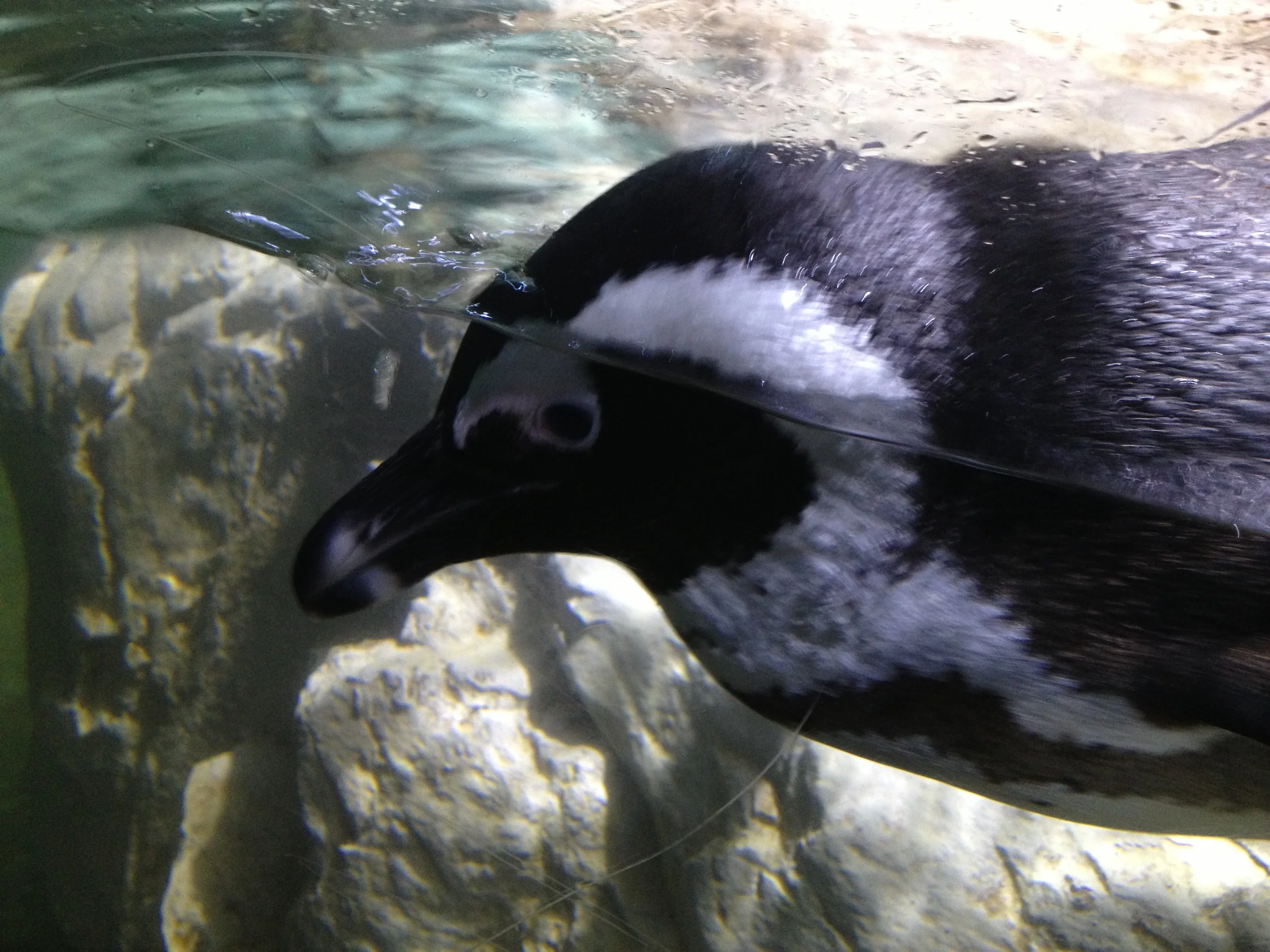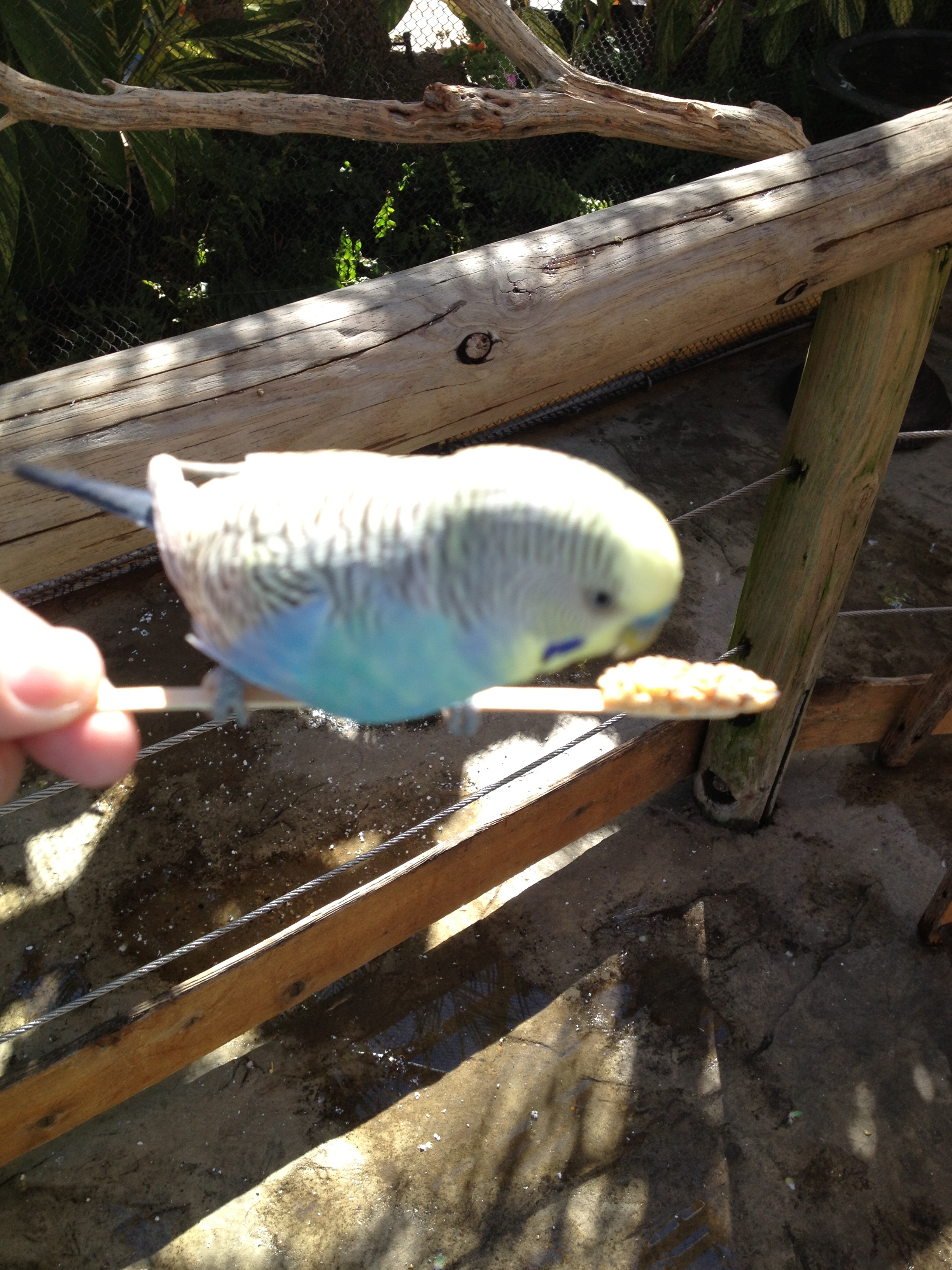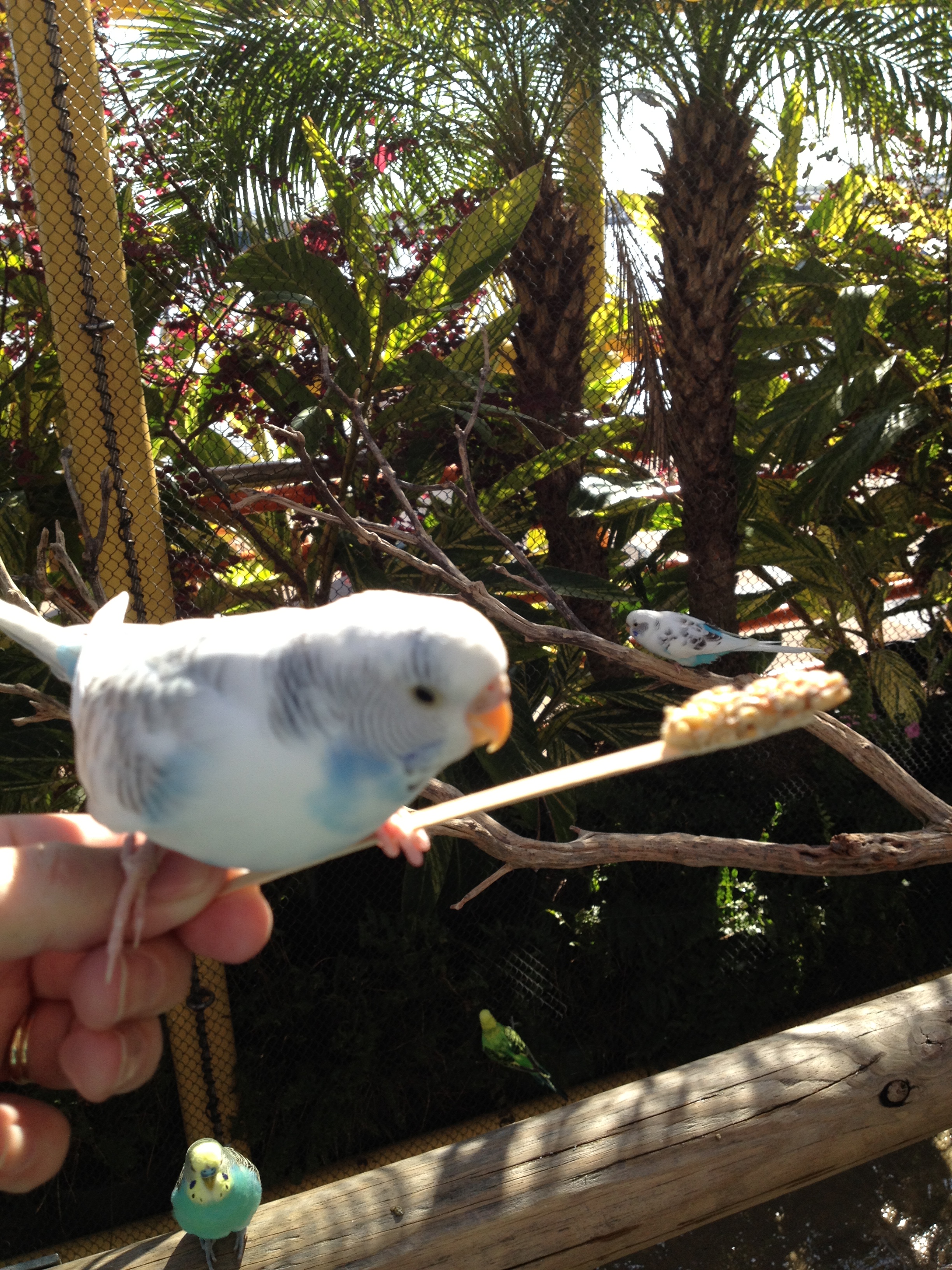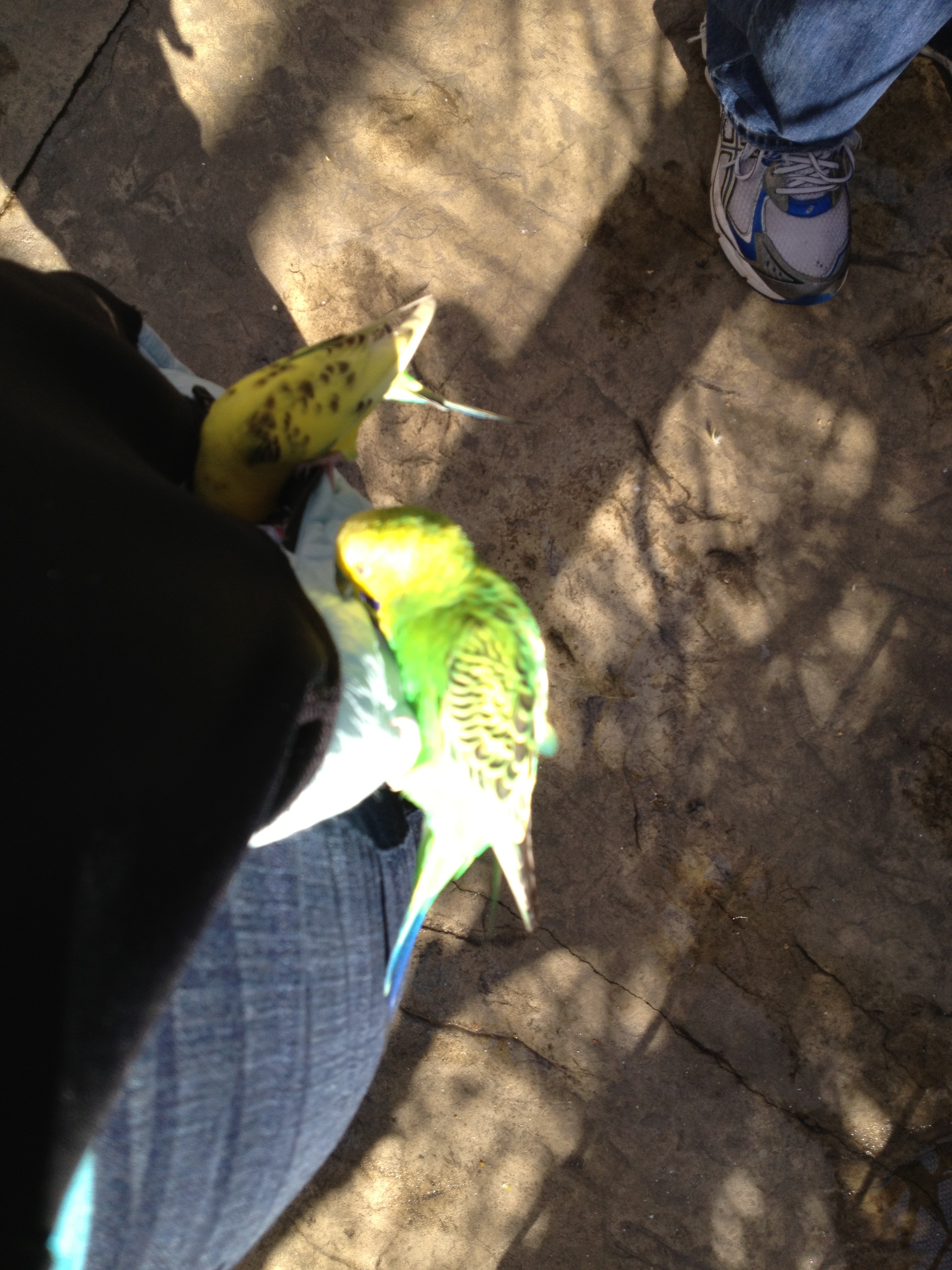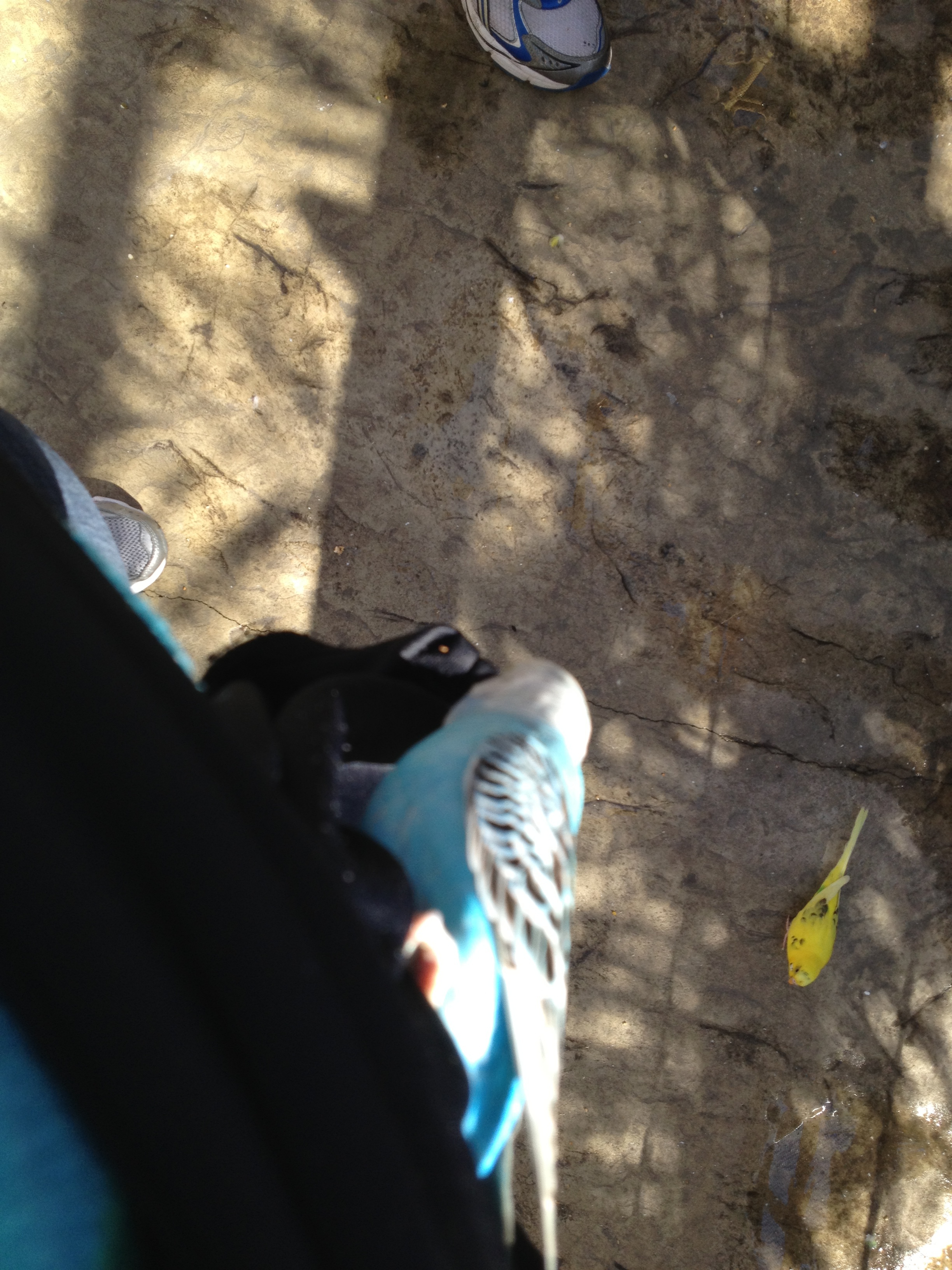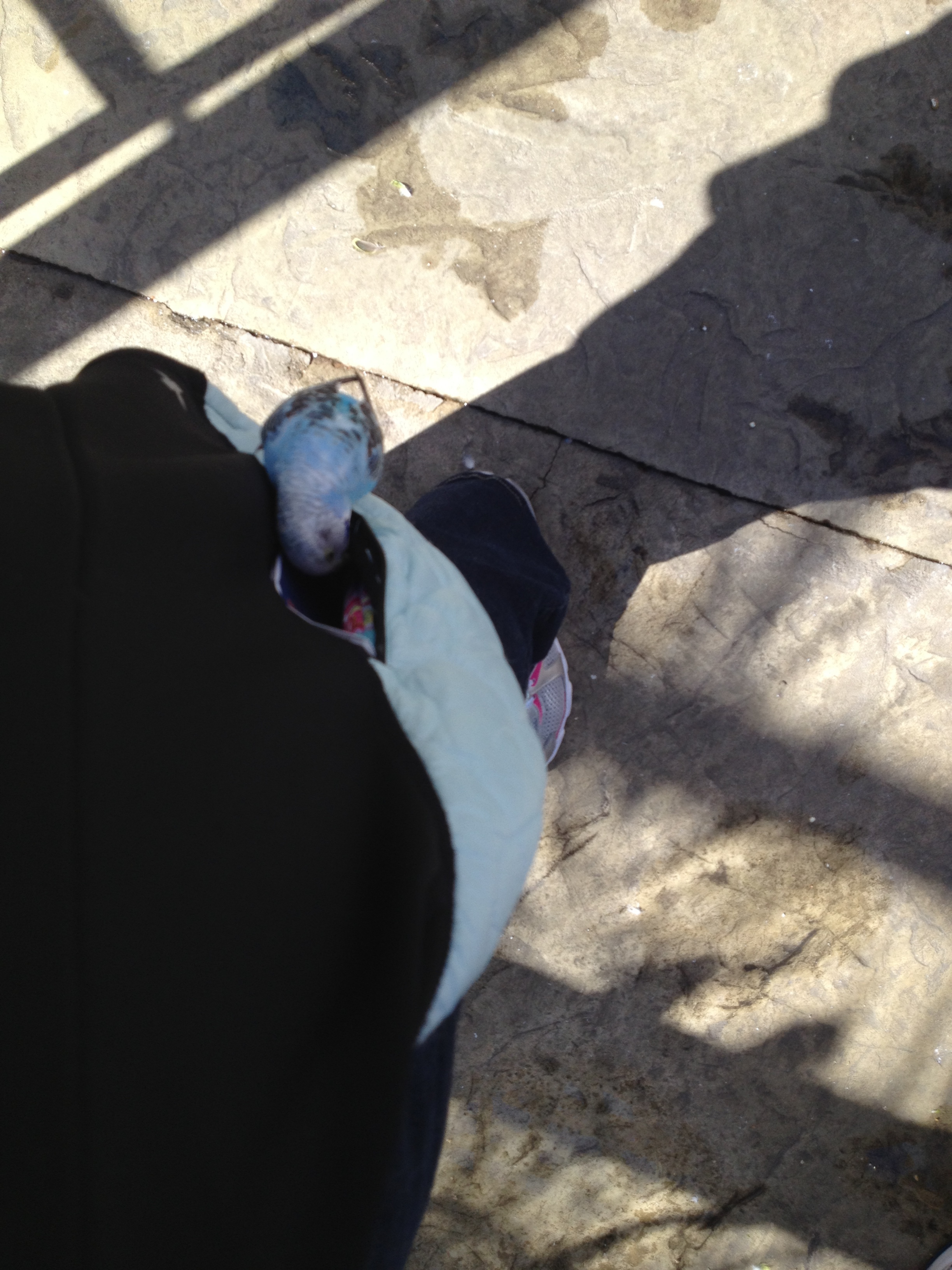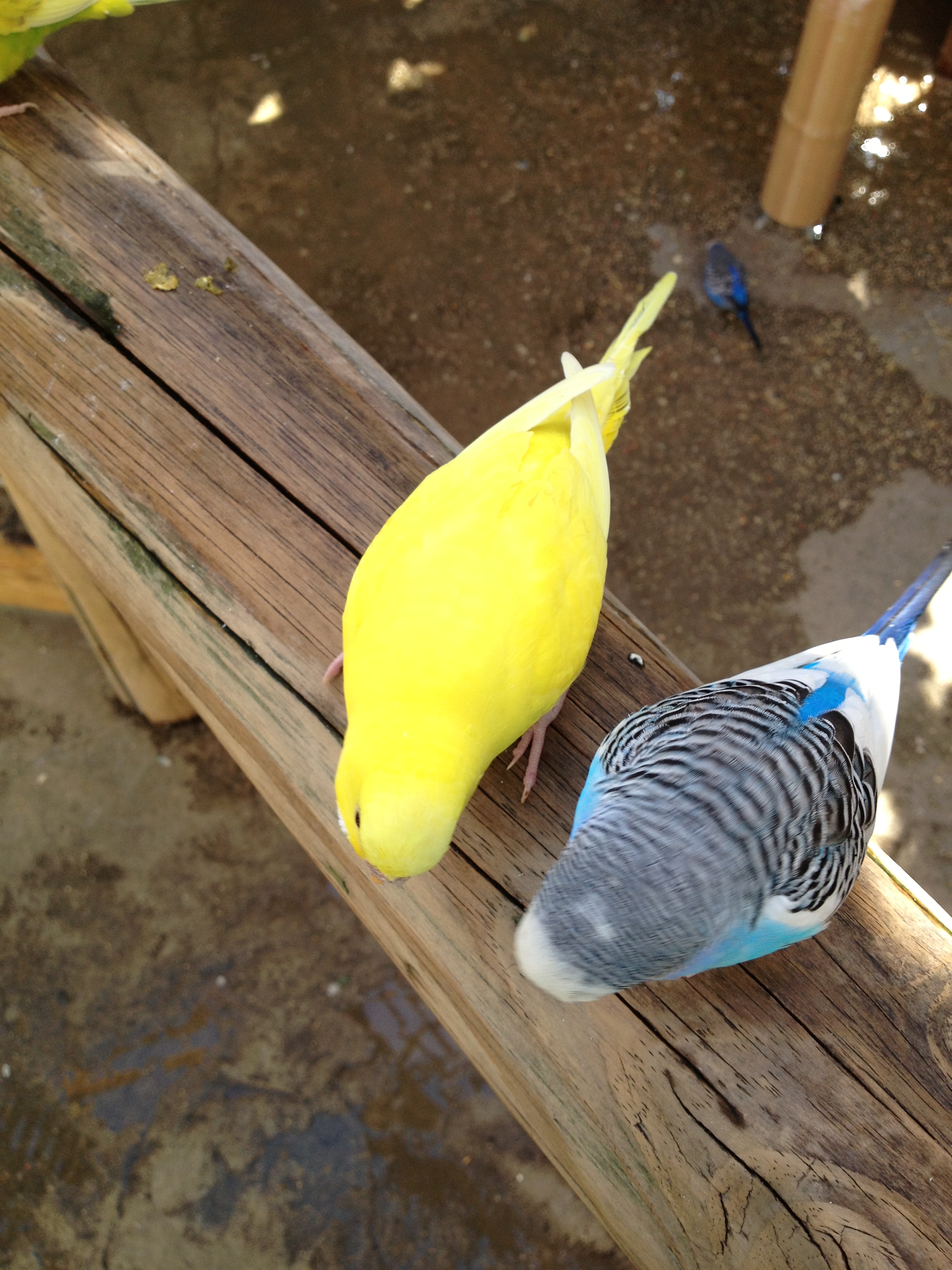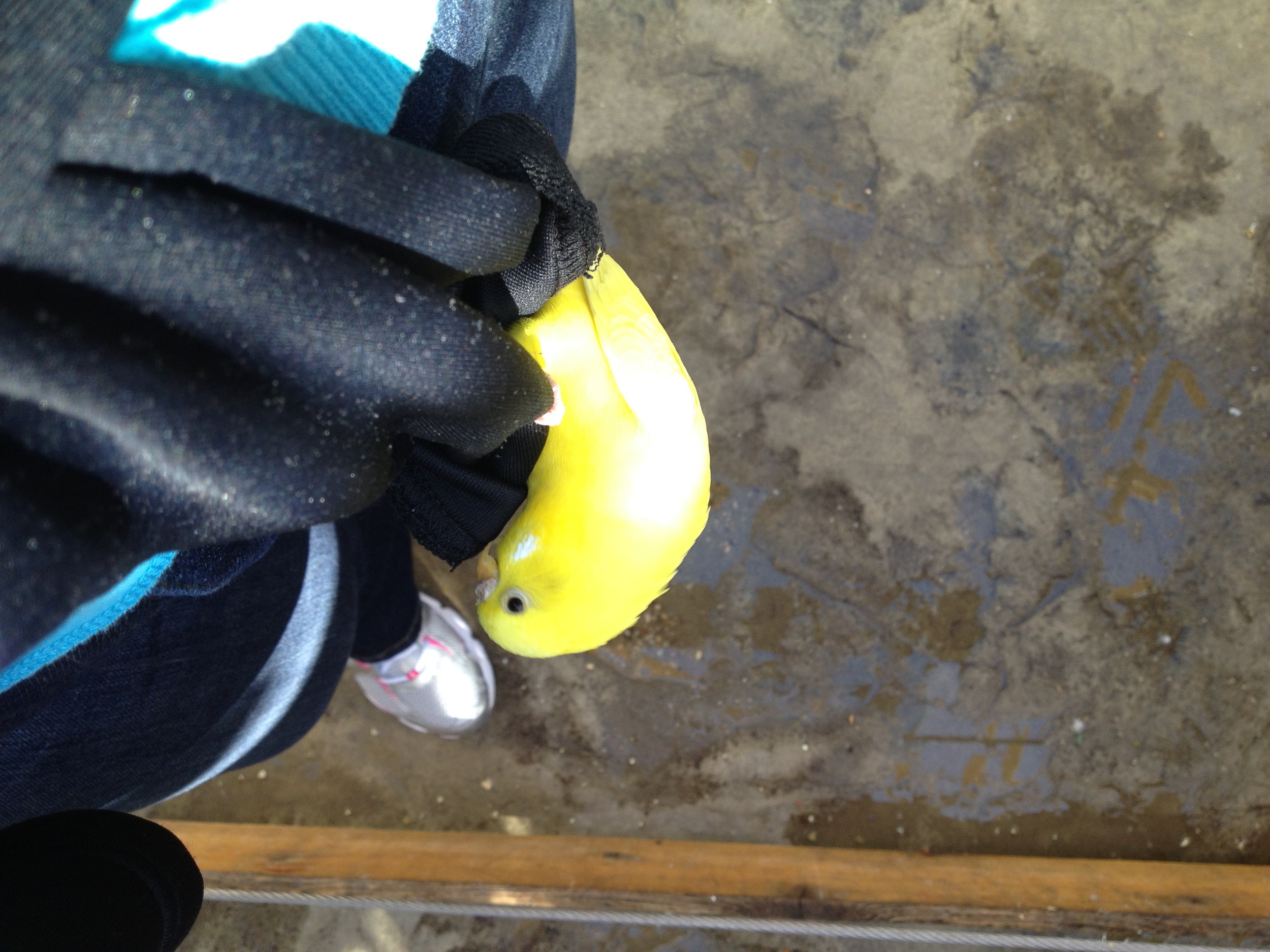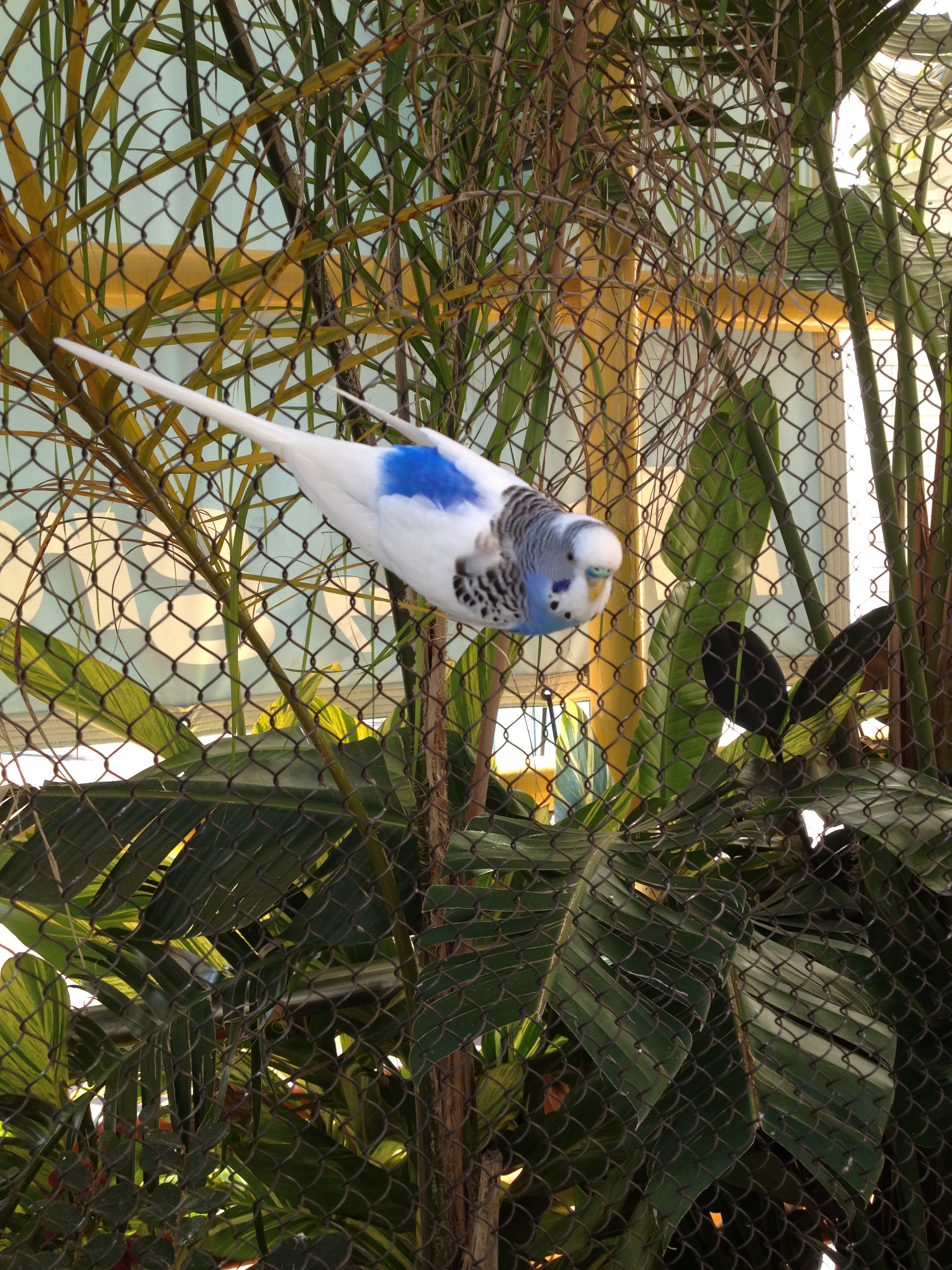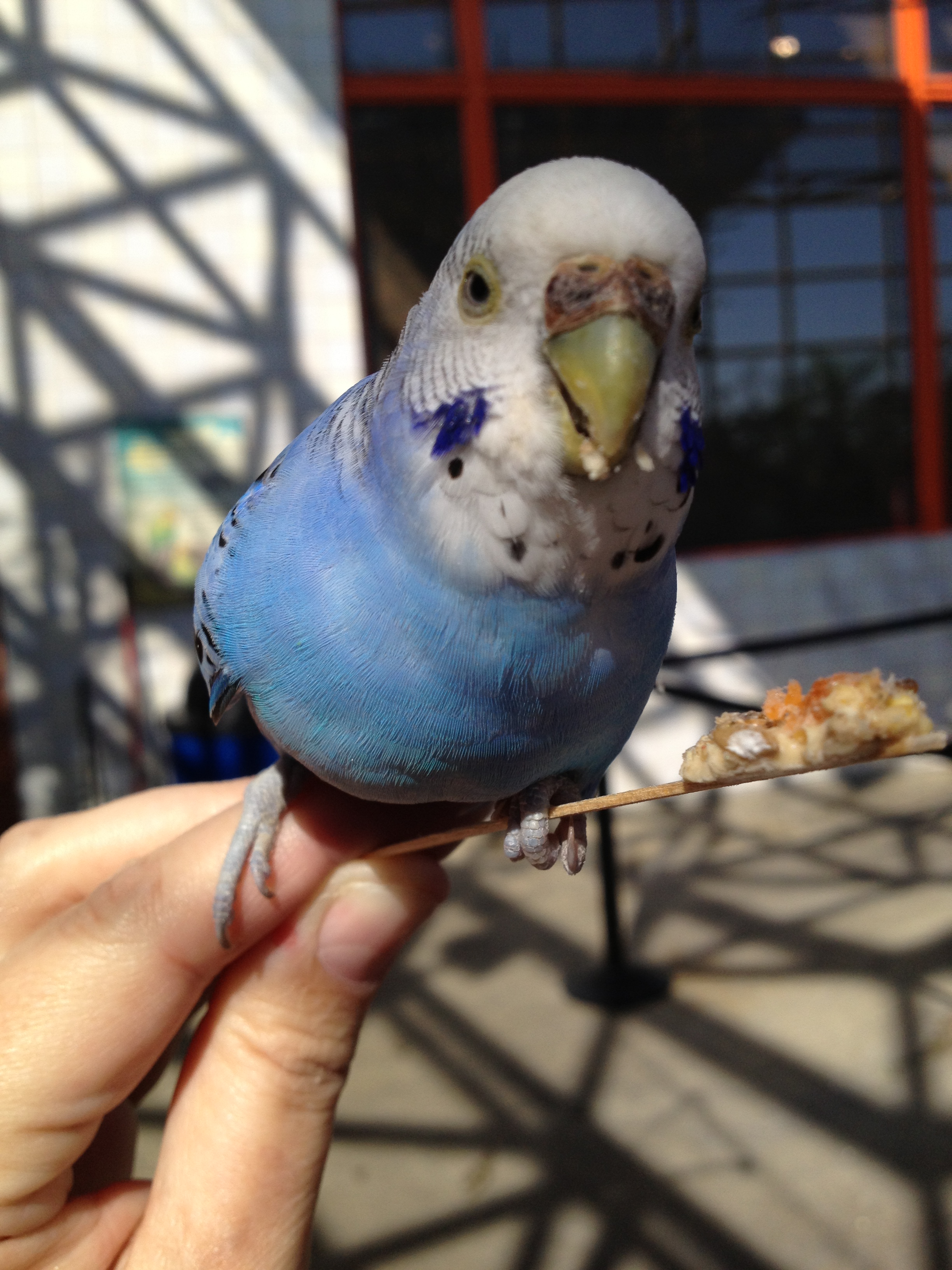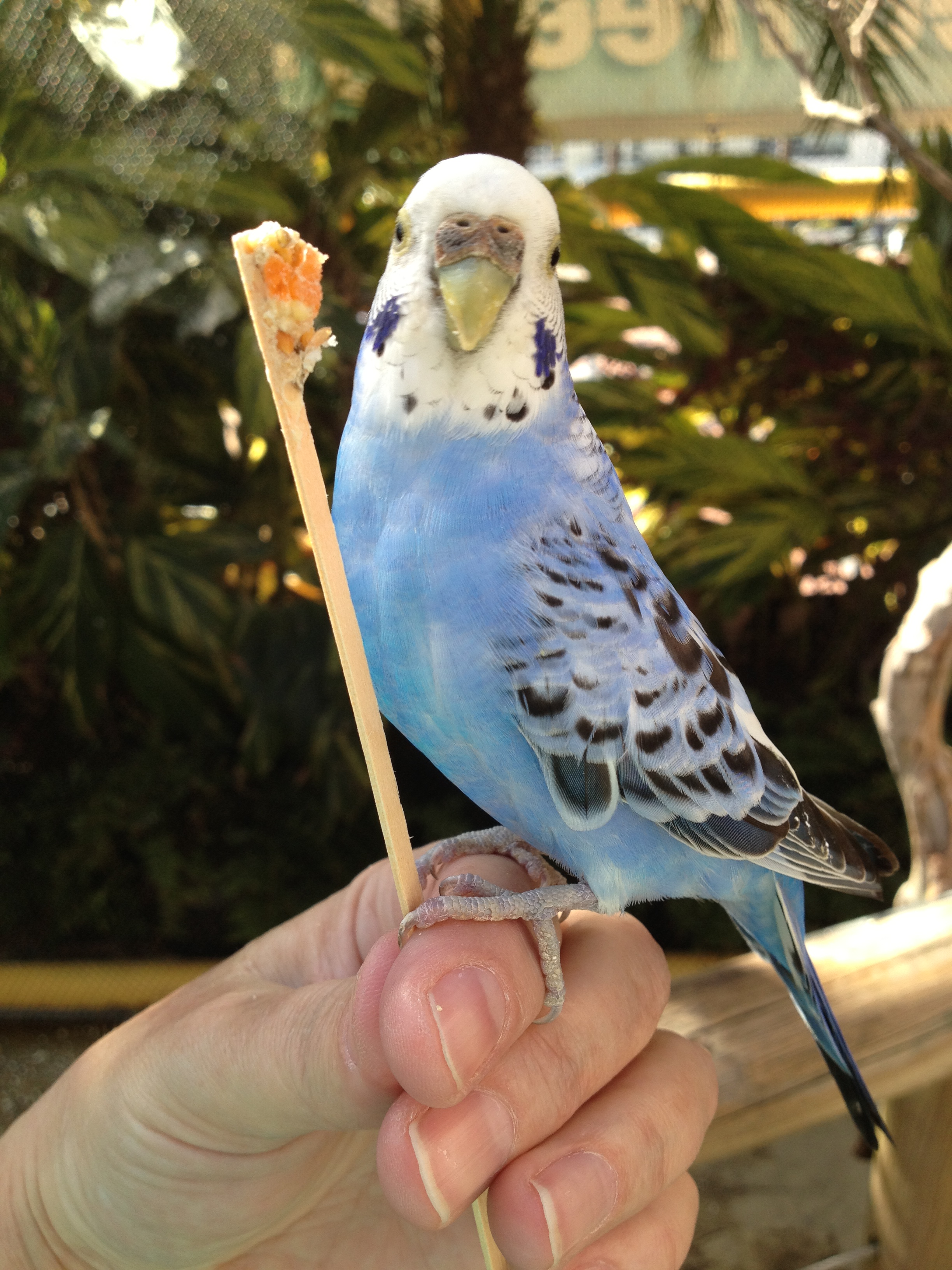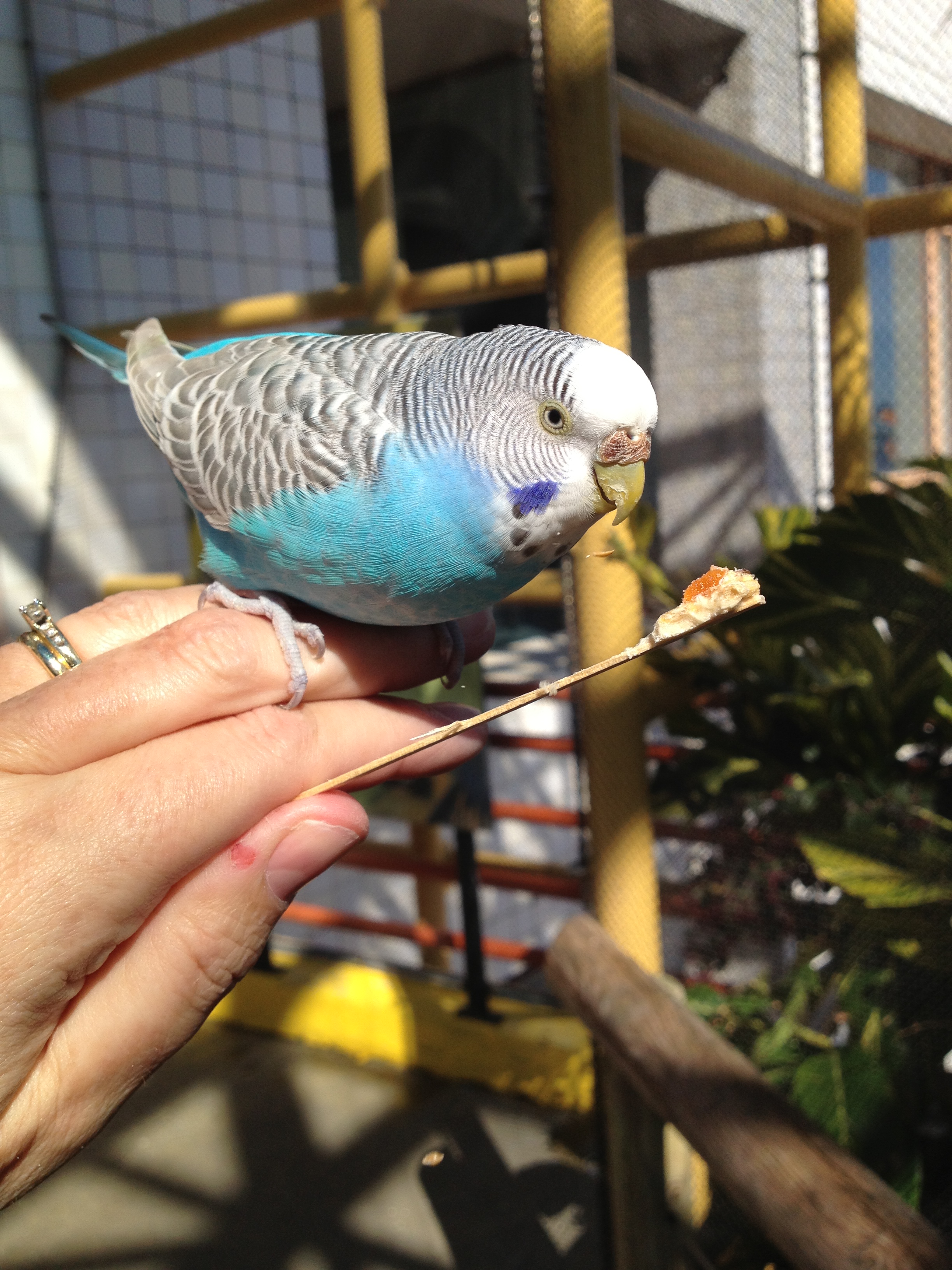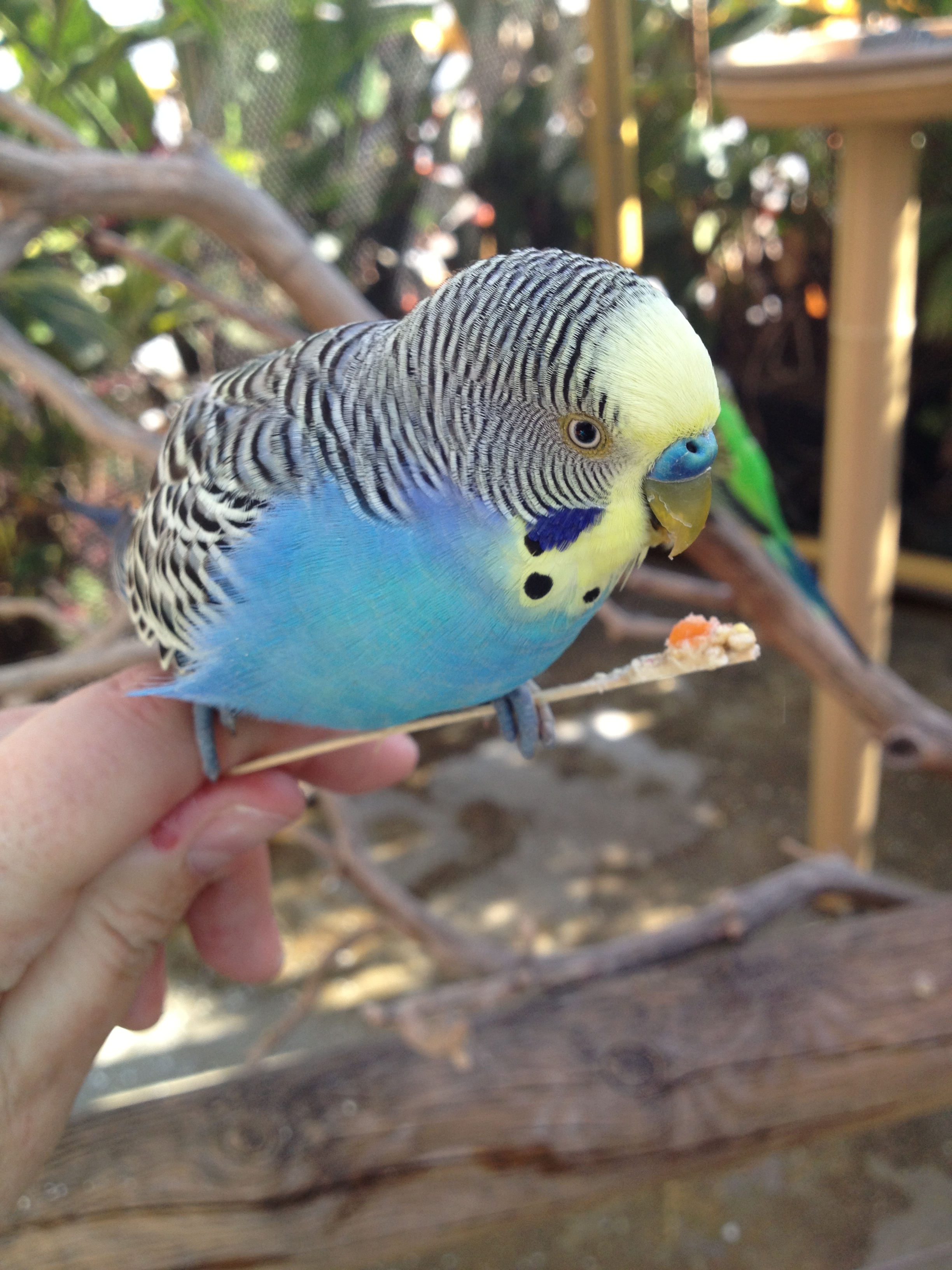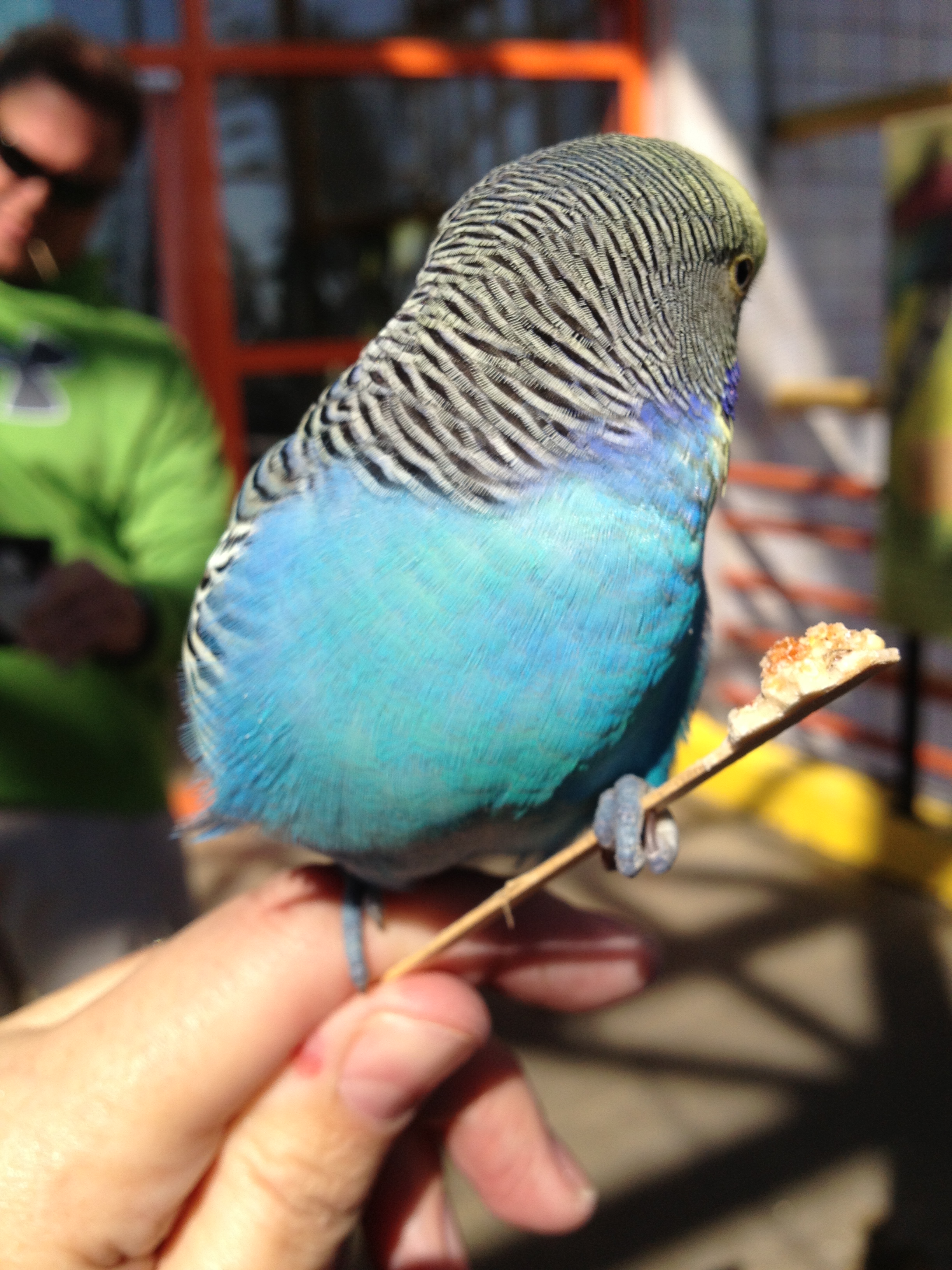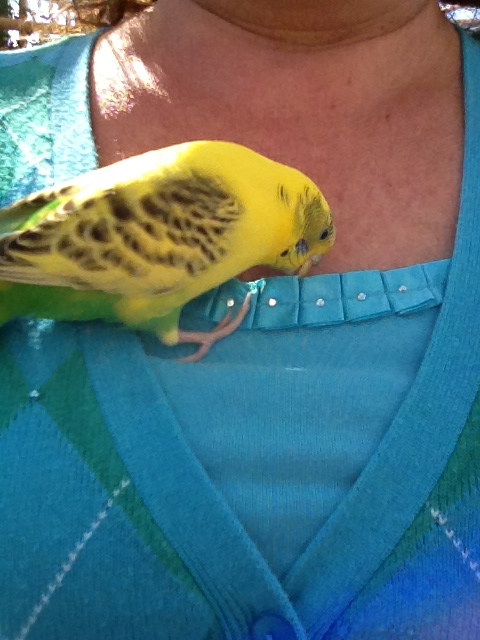My design study group is meeting tonight so I'm scheduling this post to go live after I'm already at the meeting...so thanks to the wonders of technology you'll get the "reveal" at the same time they do.
Our group is currently working with A Fiber Artist's Guide to Color by Heather Thomas, going through one workshop a month. For this month's meeting tonight, we were to do something using analogous colors, while also keeping in mind all the other design principles of balance, unity, repetition, and so forth.
On one of my vacation days in December I took myself on an artist's date to our local art gallery and planned on studying such things as use of light, color, line, texture, and other things I could carry into my quilting.
While in the ancient art section, I fell in love with this guy. I just knew he'd end up in a project somewhere.
His face is just too funny.
He's a "Stirrup spout vessel: frog," from the Moche culture of the north coast of Peru, circa 300-450 CE.
Later, when I was pondering what I might do on analogous colors, I decided to challenge myself to use only 2 1/2" squares already cut in my scrap bin, plus hand-dyes if I chose. Once I made that decision, a design popped into my head.
Yep, Mr. Froggie-Fella was part of the design. Here is the end result.
I also had fun figuring out how to make the 3-D leaves. I've seen a lot of techniques for doing it in magazines, in blogs, and in classes; I've done some similar dimensional work before. I tried out a couple of different methods before finding a technique that worked well for this project. Different techniques apply themselves to different circumstances.
But you've just gotta love that face, don't you?
(If you're curious, Frog Fella is made out of my hand-dyes and a thread that matched amazingly perfectly.)
Although it doesn't have an official name, I've found myself thinking of this as the Frog Fella Project.
By the way, I did also make that chocolate babka from the Artisan Bread class that I'd mentioned. Yum.
No, that's not burnt on the top there. That's all nummy nummy dark chocolate.
Godiva dark chocolate chips.
60% cacao.
Can you tell I'm a fan?
